Up next in the exciting new development of Andermatt Swiss Alps? A state-of-the-art concert hall and artworks by a Swiss graffiti artist
At first glance, it might not seem like the most likely pairing: hip, Swiss graffiti artist Ata Bozaci with Andermatt Swiss Alps, the mountain village south of Zurich that over the past nine years has been gradually developed into a world-class, year-round destination resort. Yet Bozaci (who is known for working under the pseudonym ‘Toast’ and counts the late, legendary German photographer Gunter Sachs among his collectors) has been tasked with putting his artistic spin on Eisvogel, the latest apartment house currently under construction in the resort’s Holiday Village Andermatt Reuss.
Follow LUX on Instagram: the.official.lux.magazine
The house (which is due for completion in 2019) will be split into a series of smart studios aimed at younger urbanites. Smaller units are planned in a way that makes use of every square metre of space, plus residents can relax in the spa, socialise at the in-house bar and hang out in the communal kitchen, dining and chill-out zone – which is where Bozaci’s distinctive graphics come in. Similarly to the other apartment houses in the holiday village, owners here can also benefit from a specially developed rental concept that encourages them to generate income (and keep the place feeling lively) when they are away.
From the outset, Holiday Village Andermatt Reuss has been at the heart of this £1.3billion development project, encompassing around 500 apartments, 28 exclusive chalets and a handful of hotels including five-star, Jean Michel Gathy-designed, The Chedi Andermatt. An international architectural competition led to 30 global architects (including Kurt Aellen, Itten+Brechbühl and Soliman Zurkirchen) being selected to design the 42 apartment houses and hotels. Of those already sold, 50% have been snapped up by international buyers – many of them British, German and Italians – making the most of the exemption from both the Swiss Second Home Law and the Lex Koller legislation, which restricts the acquisition of real estate by non-Swiss residents.
Some, such as apartment house Alpenrose (due for completion this winter) are set around the main Piazza Gottardo, with its high-end restaurants, cafés and boutiques (other apartment houses are positioned just behind the square). Cleverly combining an alpine-inspired facade that integrates harmoniously into a traditional Swiss village with contemporary interiors, Alpenrose houses 20 apartments, from 50 square metres up to 146. Many have a glazed corner bay that provides excellent views of the surroundings, while maisonettes on the top floors come with their own sauna.


Andermatt’s redevelopment includes new apartment houses, hotels and chalets
Another important addition when it opens this season will be the Gotthard Residences: around 100 apartments, each with the added bonus of hotel services provided by Radisson Blu. Owners of the apartments, ranging from one-bedroom residential units to spacious multi-bedroom apartments and luxurious penthouses, will have complimentary access to the Radisson Blu fitness and wellness centre for the first three years, plus use of a ski locker in the hotel’s fully equipped ski room as well as a concierge on hand 24 hours a day. The Radisson Blu itself will also have six meeting rooms and a conference hall for more than 500 guests – making it an appealing venue for businesses throughout the year.
The process of realising Holiday Village Andermatt Reuss continues to have a positive impact on the local economy, with a 65 percent upswing in construction industry employment (this looks set to continue, with growth predicted in the hospitality, trade and service sectors). The number of overnight stays in the Urseren Valley has also increased massively: in 2016, the numbers reached 100,000 for the first time, and are expecting to hit 260,000 by 2022. This would place Andermatt at the scale of destinations such as Flims-Laax; with further expansion steps, the scale of Engelberg, Arosa or Grindelwald could be reached.
Of course, buyers are flocking here for the stunning natural beauty of the place. From blossoming pastures in summer for hiking and biking to the snow-blanketed mountains in winter, Andermatt Swiss Alps offers something for anyone who appreciates the appeal of fresh air and rural landscapes. Adventurous hardcore skiers come for the excellent powder, black runs and off-piste challenges of the Gemsstock Mountain; others make the most of ice-climbing at Göschenen and the ice-rink in Andermatt.
Read more: Photographer Hossein Amirsadeghi’s book launches at Hatchard’s
Now though, there is a handful of new sporting and cultural additions designed to draw in even more crowds. For starters, there’s the Andermatt Swiss Alps Golf Course (named Swiss Golf Course of the Year in 2017 for the second year in a row). Ranked among the Top 100 Golf Courses of the World with a rating of five stars, the Scottish-flavoured course, designed by the renowned German golf course architect Kurt Rossknecht, is over six kilometres long and meets international tournament standards. It comes with a modern clubhouse, The Swiss House, which doubles up as a hub for cross-country skiers in winter.
Not to mention a busy events calendar featuring the annual Bike Festival Andermatt (watch Olympians and world champions race in the PROFFIX Swiss Bike Cup), Andermatt Swiss Alps Classics (a classical music festival where concerts take place in various locations such as The Chedi Andermatt and the newly opened gondola station Nätschen) and Woldmanndli (based on an ancient custom where a procession of men enter the village to protect the forest below the Gurschen).
There’s also the much-anticipated Andermatt Concert Hall, a renovation of a former convention venue by Studio Seilern, due to open early next year. With an extended roof and covered plaza, it will adhere to the acoustic requirements of a state-of-the-art concert hall and be large enough to accommodate the Berlin Philharmonic Orchestra as well as host gala dinners and lectures.
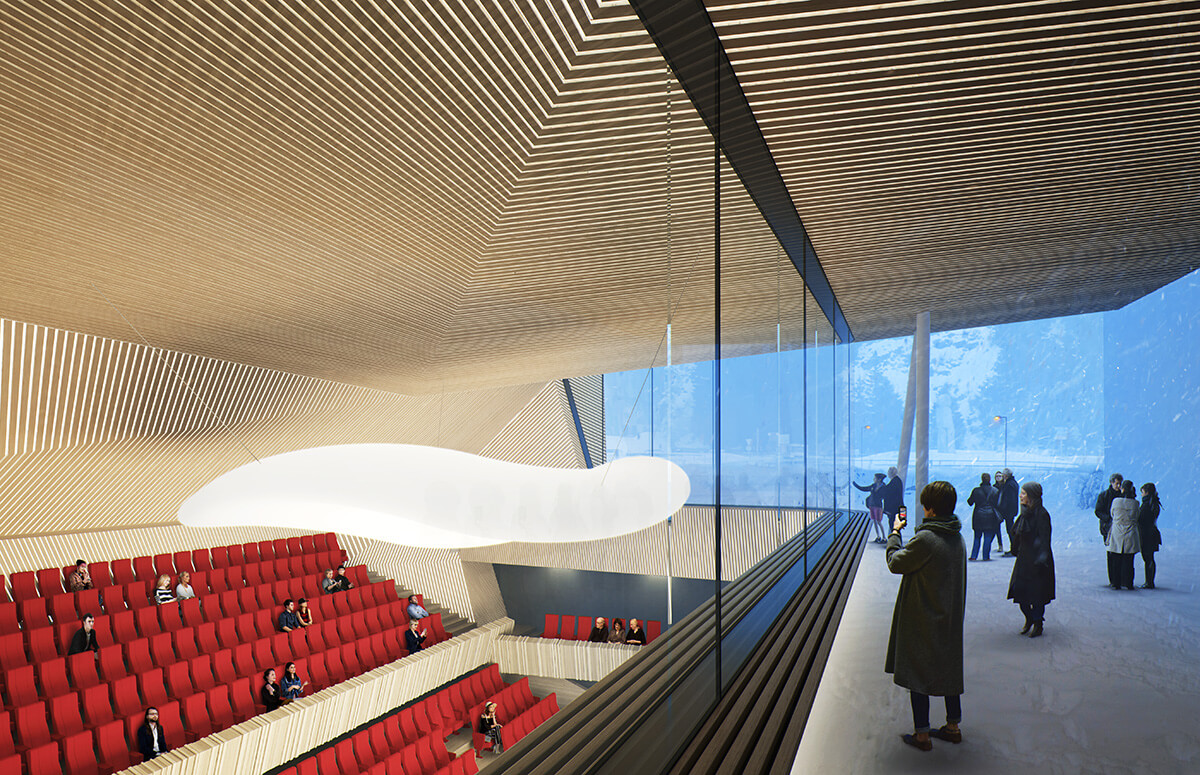
The Studio Seilern-designed concert hall
As part of the ongoing Andermatt Swiss Alps project, there has also recently been a fresh focus on the gastronomy on offer within the resort. Multi-award-winning chef Dietmar Sawyere, who has been executive chef at The Chedi Andermatt since May 2015, has assumed overall responsibility for gastronomy. Currently the top choices for eating out in the resort are the restaurants at The Chedi Andermatt, which include one-Michelin-star The Japanese Restaurant (the five- to 10-course Kaiseki menu is a speciality), a wine and cigar library and the main restaurant, which has a noteworthy cheese cellar. Over the next few years, these offerings will be joined by half a dozen new restaurants in the village of Andermatt and on the surrounding mountains.
It’s all a far cry from when the Swiss Army was garrisoned near to Andermatt after World War II (prior to that it was a chic mountain resort on a par with Verbier and Zermatt). In 2003, the artillery range was closed, effectively reducing the population and the village’s major source of income at the same time. It wasn’t until Samih Sawiris, founder of Orascom Development, visited nearly 20 years ago that everything changed. Inspired by the picture-postcard Urseren Valley and untouched alpine countryside, he had an ambitious vision to turn the fortunes of the village around.
After collaboration with residents, government and tourism organisations, the people of Andermatt voted with an overwhelming 96 percent majority in favour of the development. Construction on the Andermatt Swiss Alps project began in 2009, the Chedi Andermatt opened in 2013 and to date, £687 million has been invested £131 million in 2017 alone).
Key to the master plan has always been merging the Andermatt and Sedrun ski regions into SkiArena Andermatt-Sedrun, the largest ski area in Central Switzerland – something which is coming to fruition this winter and by 2022, is expected to attract around 580,000 skiers over the course of a single season. There are also plans to invest another £305 million in the further expansion of Holiday Village Andermatt Reuss and the train station, cementing the area as a major destination for winter-sport enthusiasts.
The future for Andermatt Swiss Alps looks very bright indeed.
SkiArena Andermatt-Sedrun
This winter’s ski season marks the full opening of the new SkiArena Andermatt-Sedrun: more than 120km of pistes connected by the Oberalppass-Schneehüenerstock gondola cableway which can carry up to 2,400 people an hour from Andermatt to Gütsch mountain station. This huge development project has involved the construction of 14 lifts (some new, some replacements) and creating snow-making systems. Work on several new mountain restaurants is also underway. The result? For the first time ever, it is now possible to ski from Andermatt to Sedrun and back – what a thrill.
For more information visit: andermatt-swissalps.ch
This article originally appeared in the Autumn 2018 issue, to view more content click here: The Beauty Issue





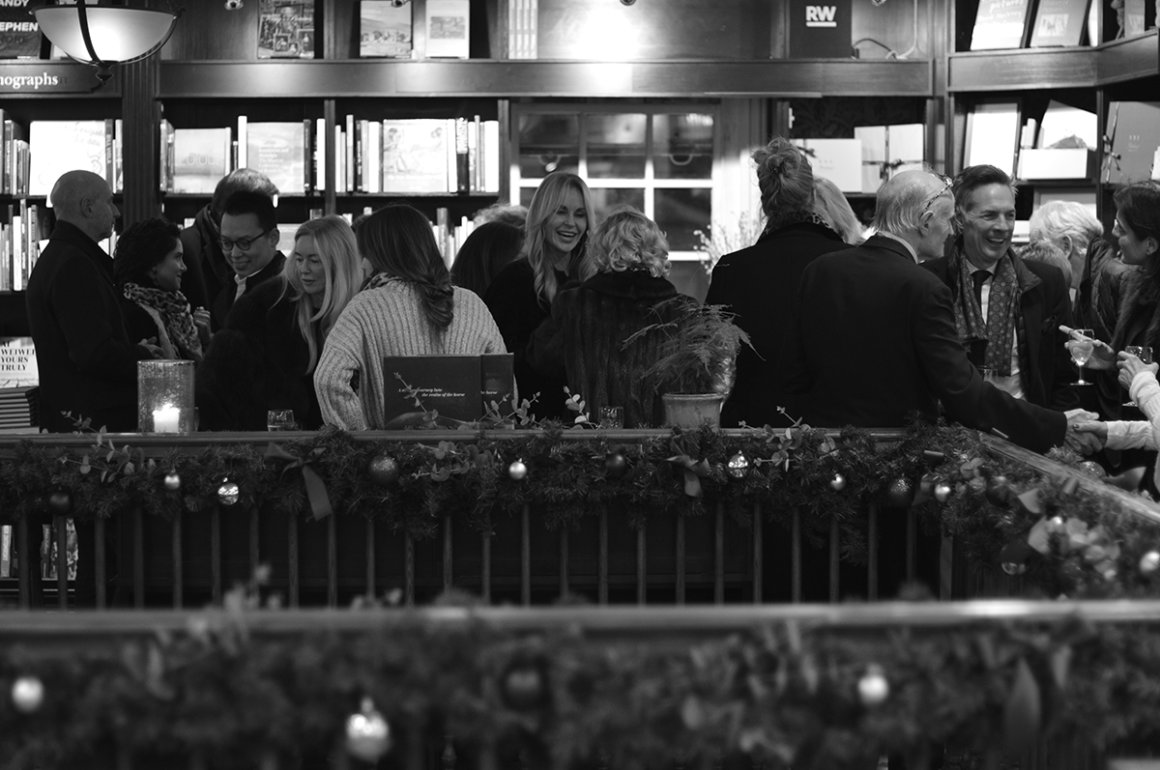
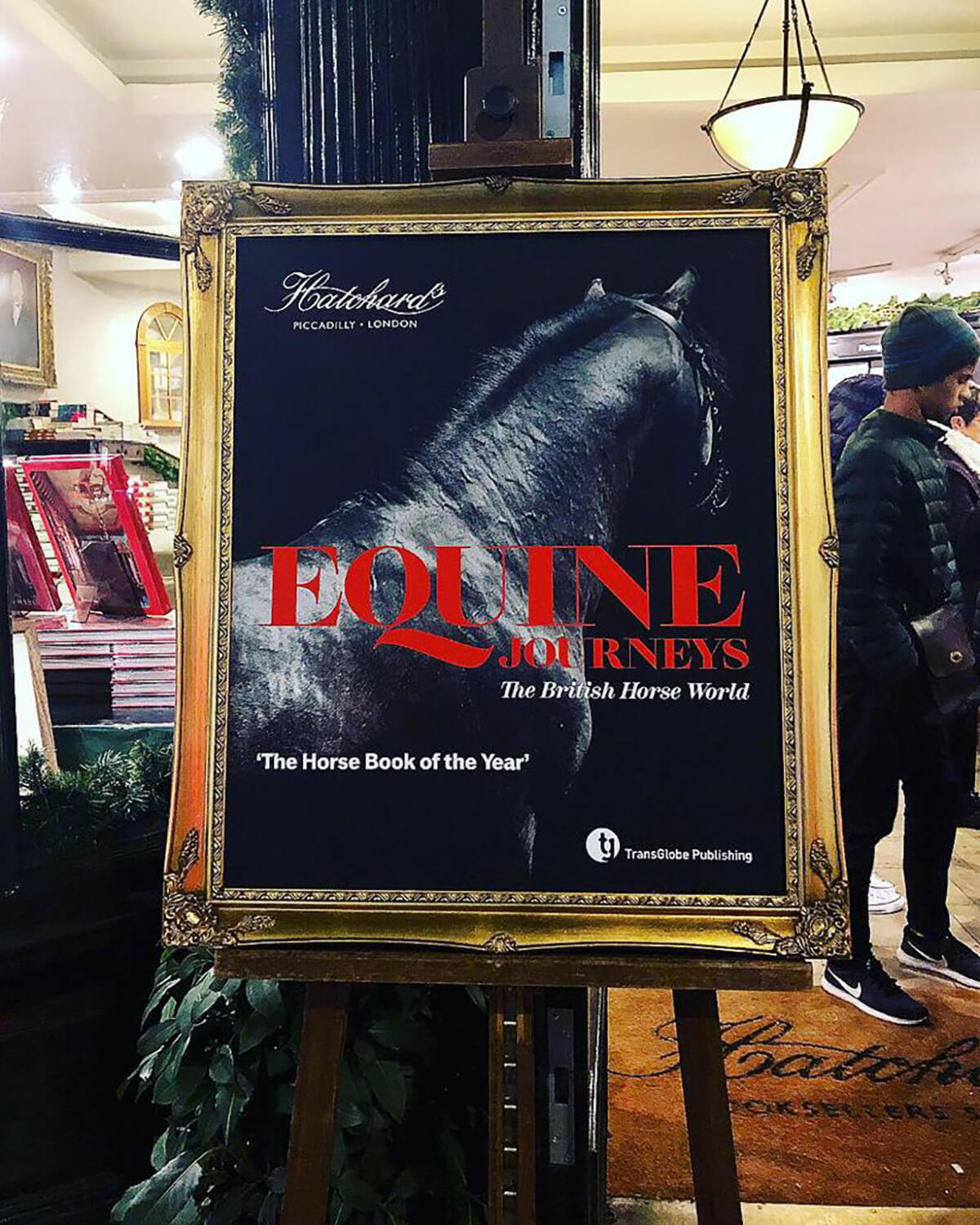
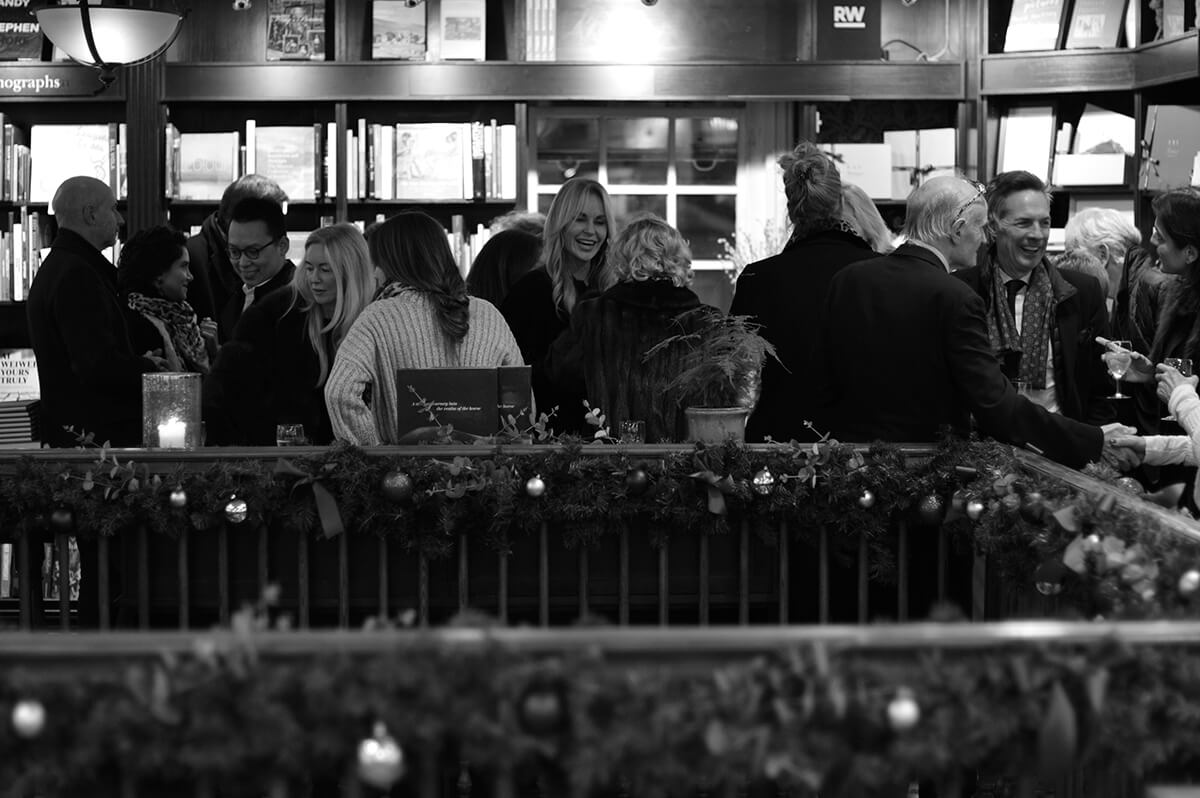
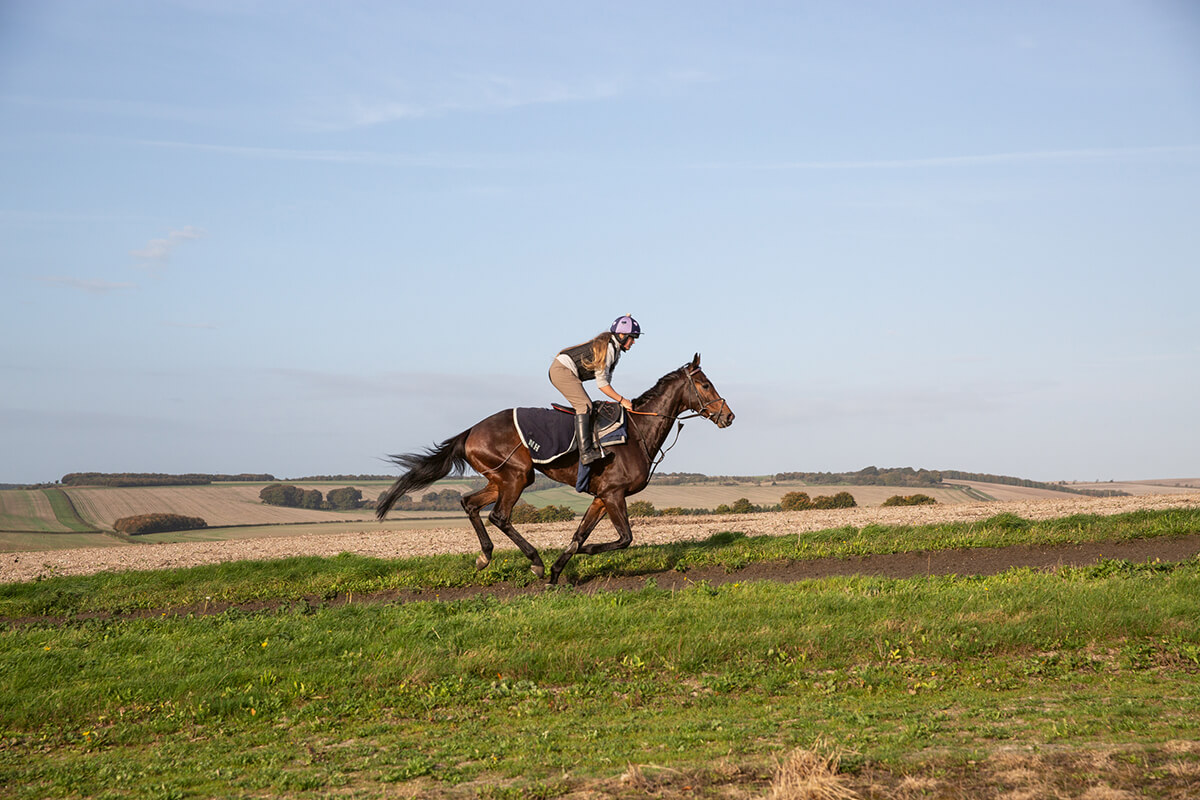
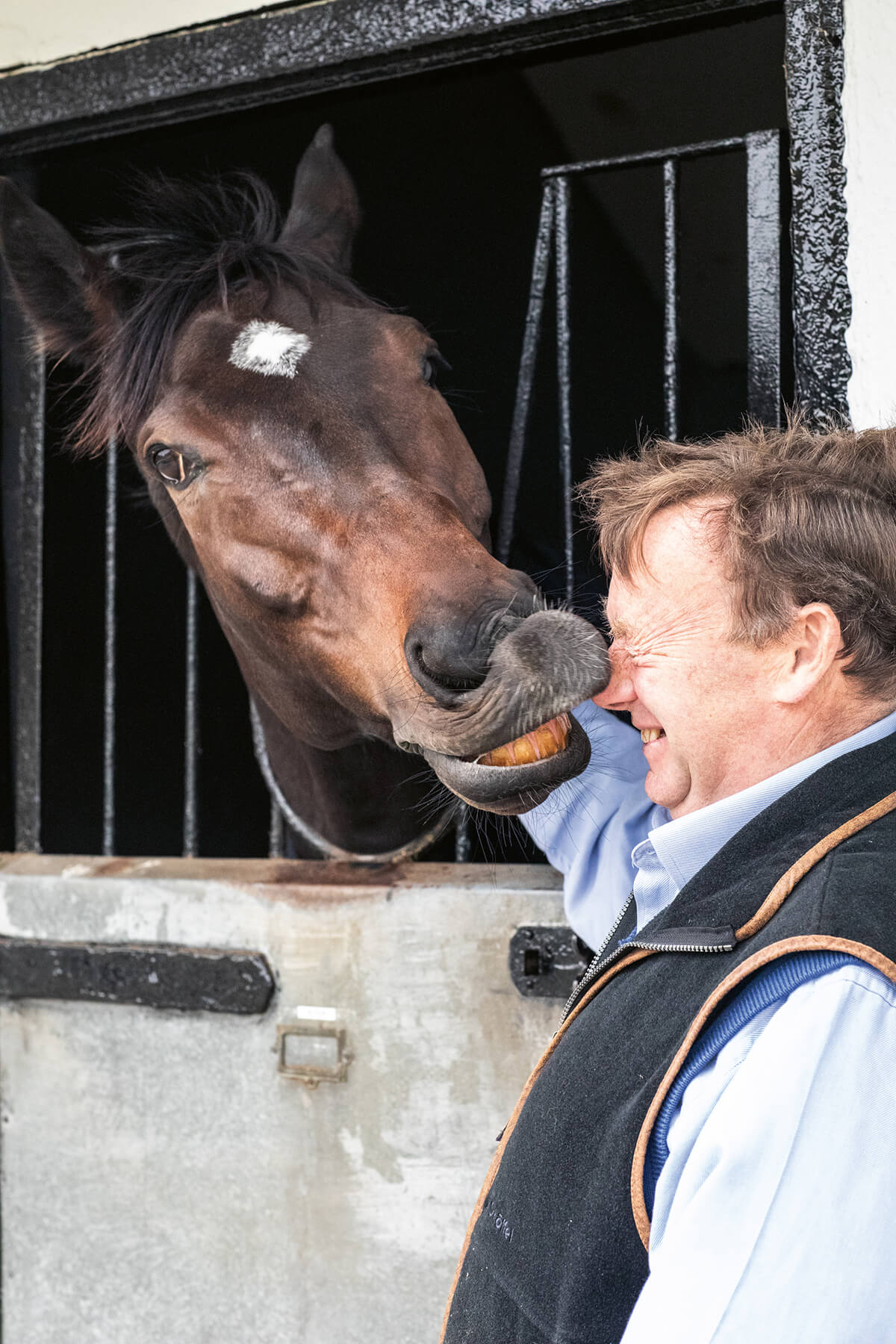
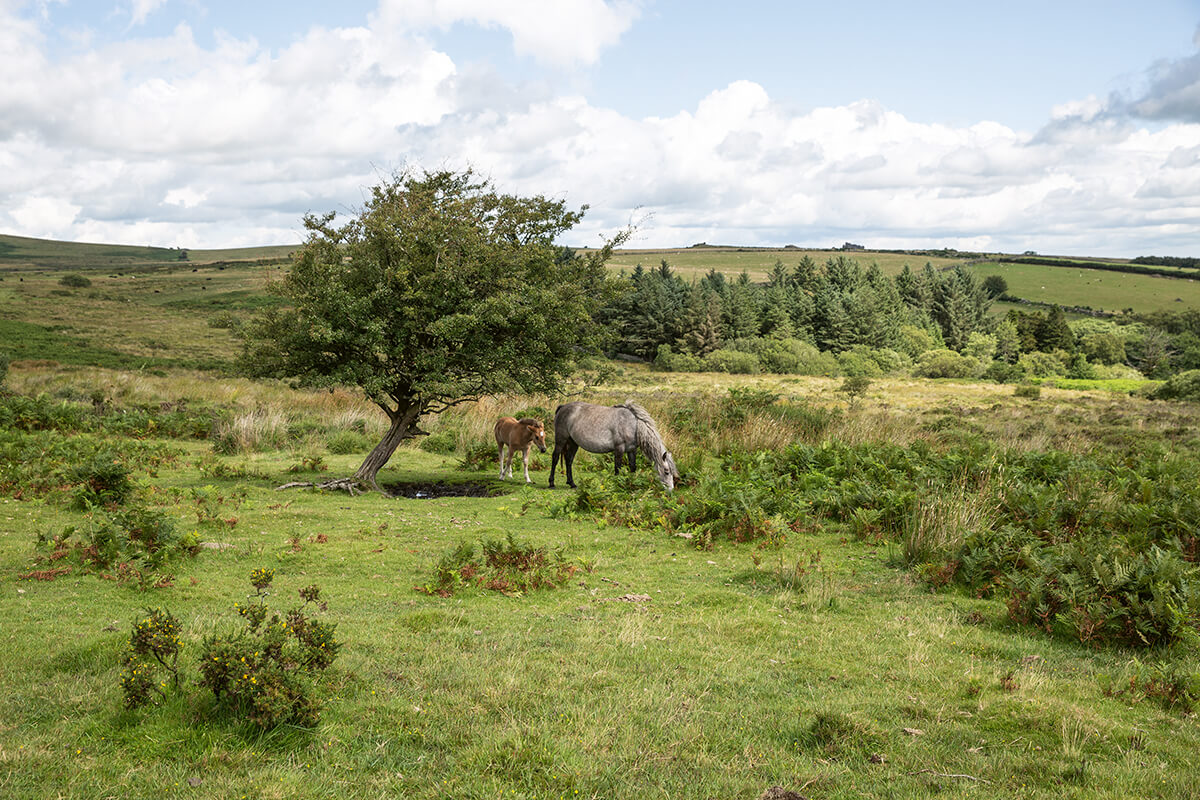
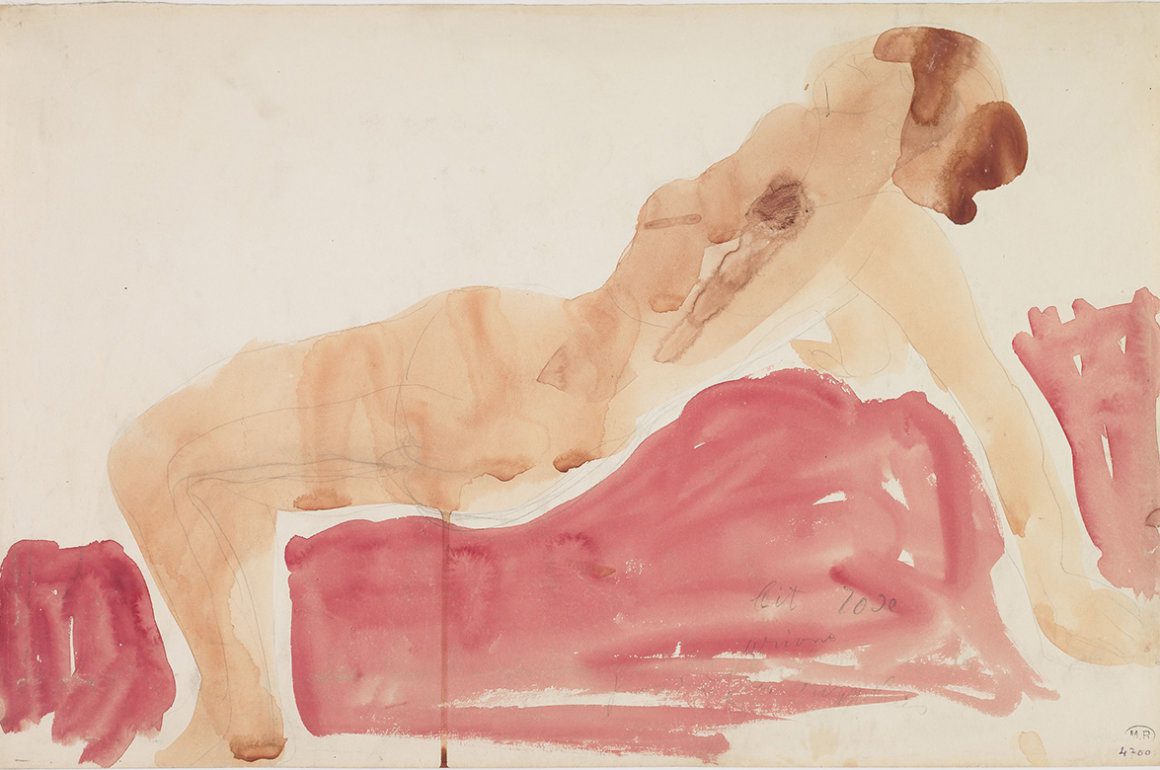
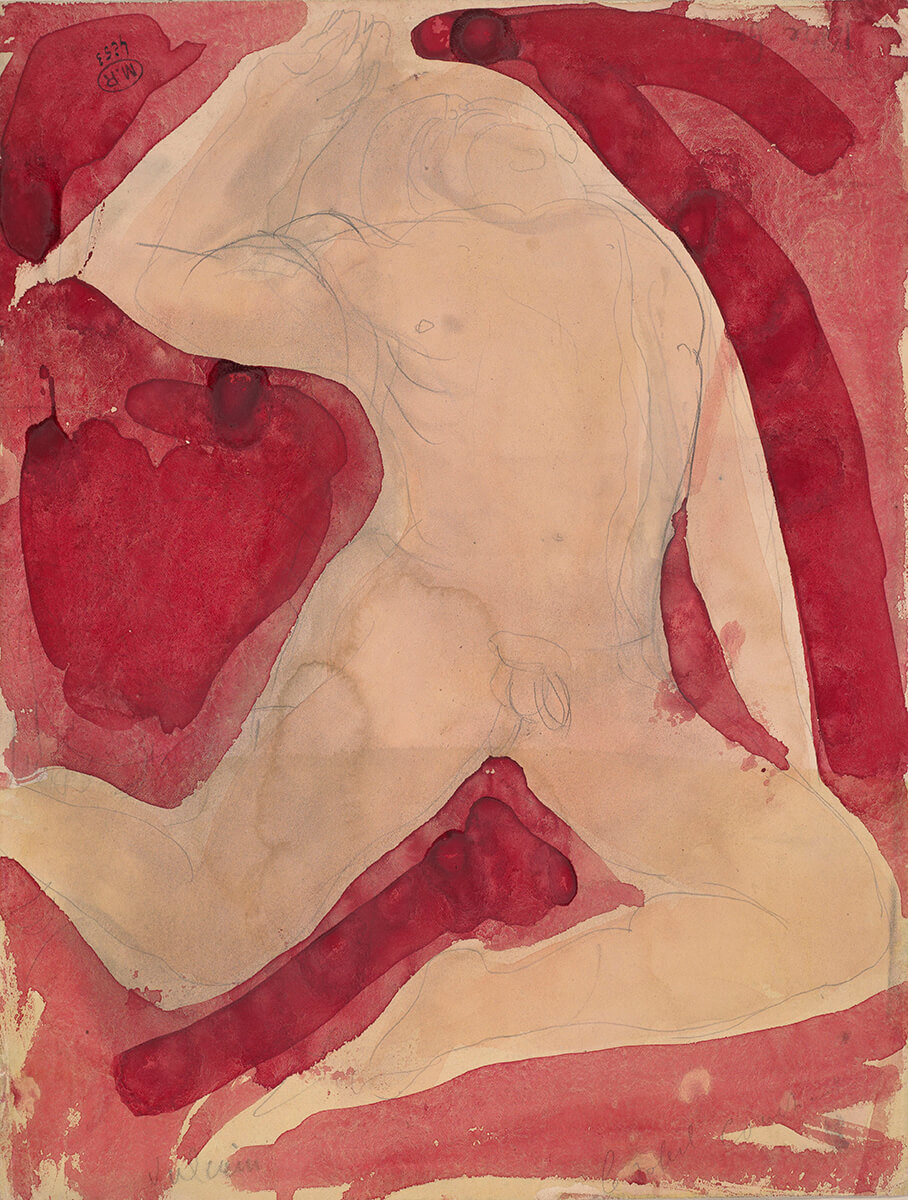
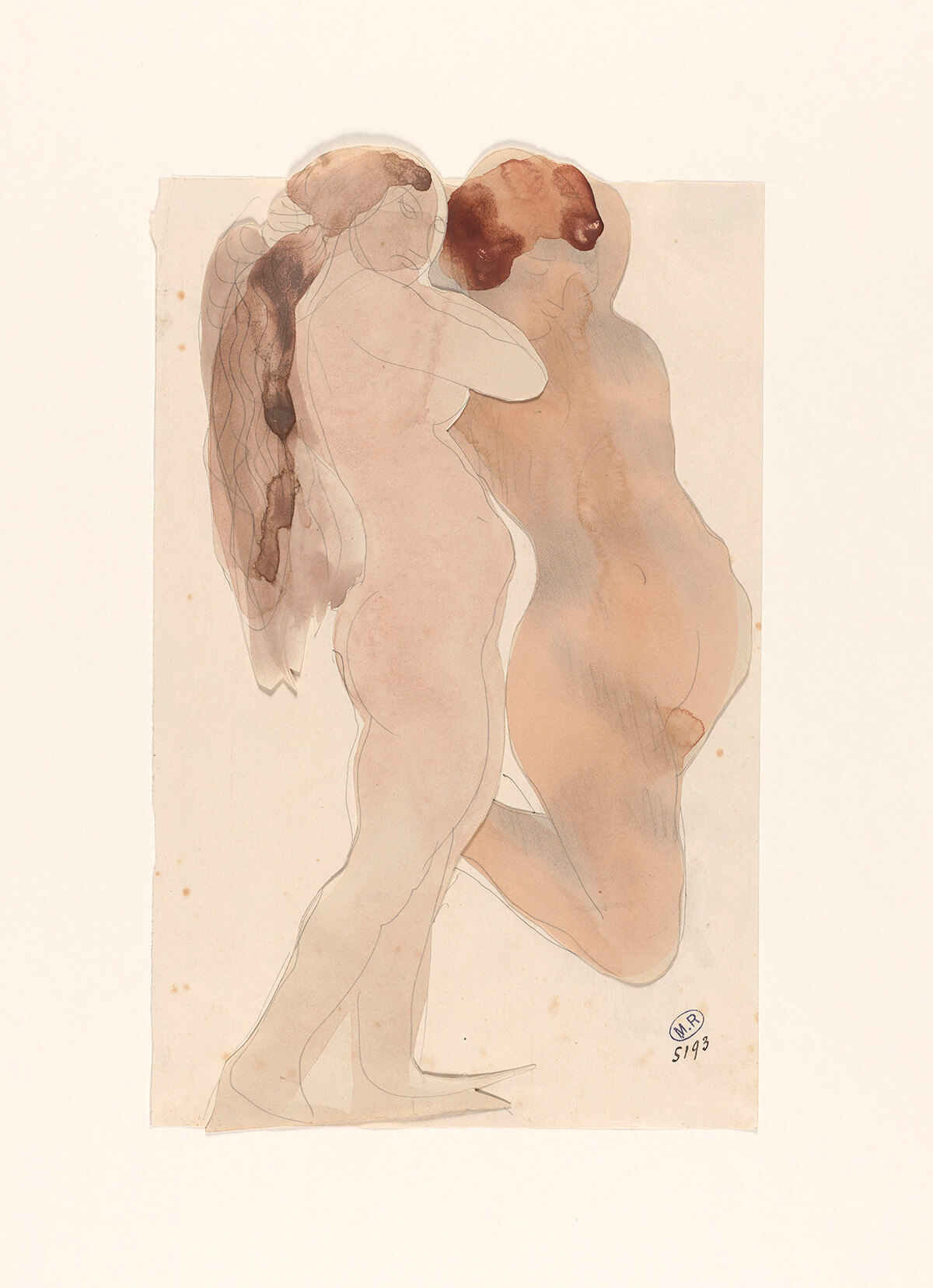
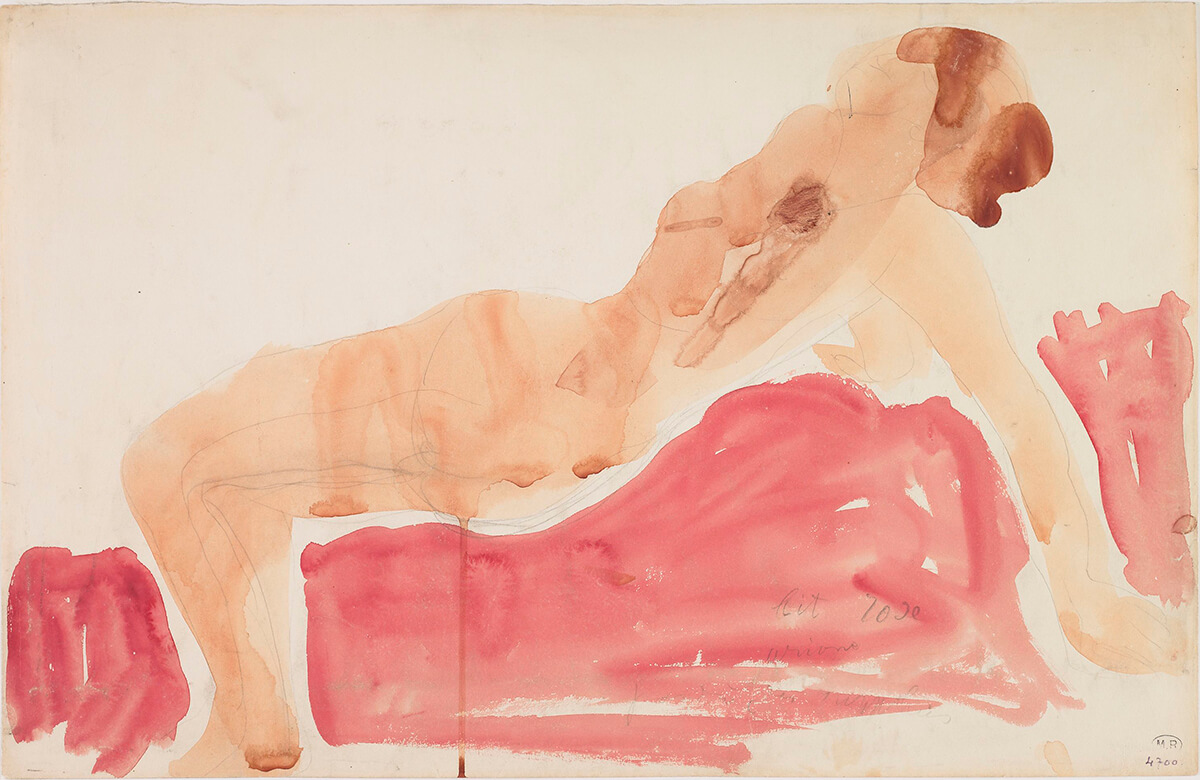
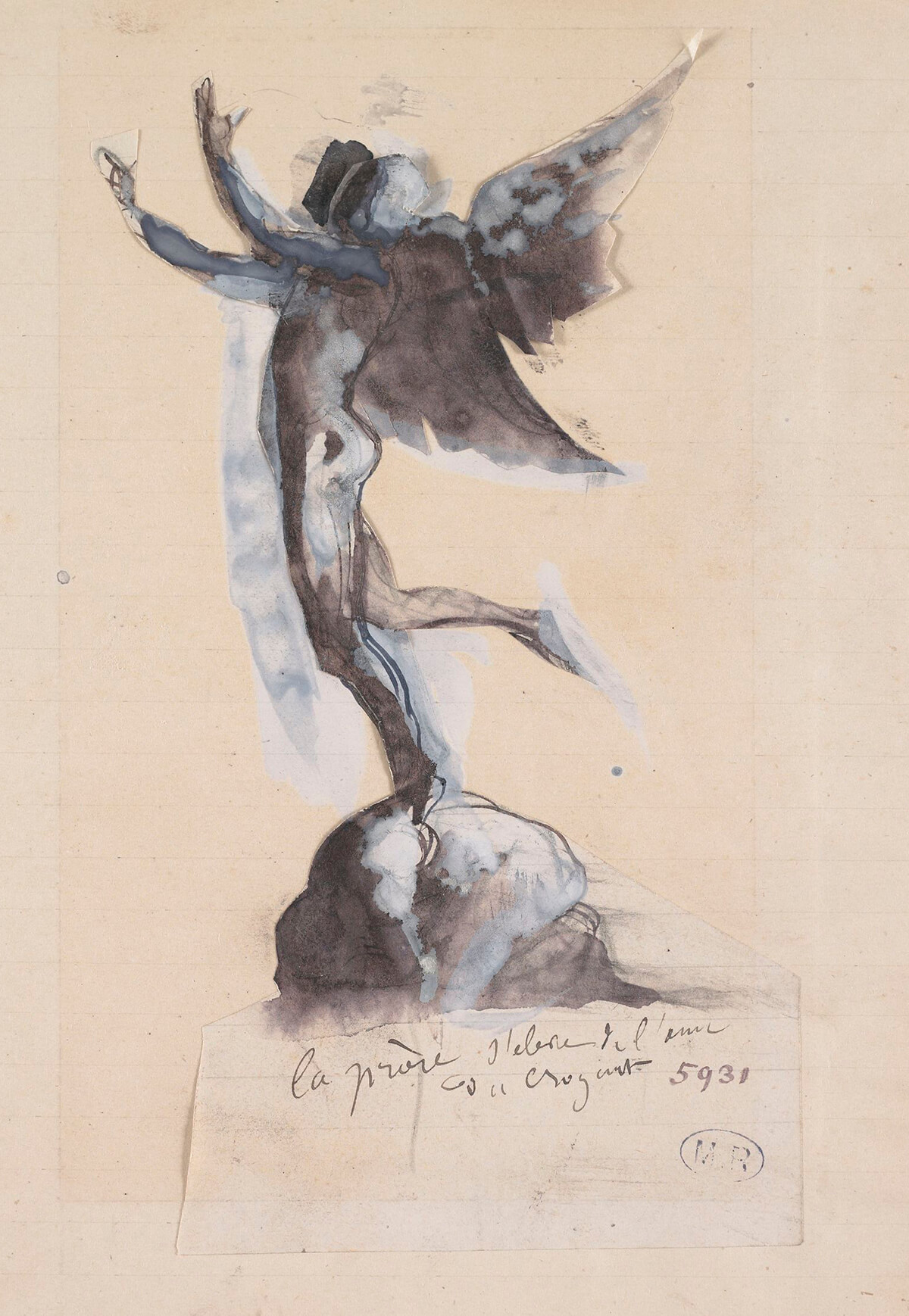
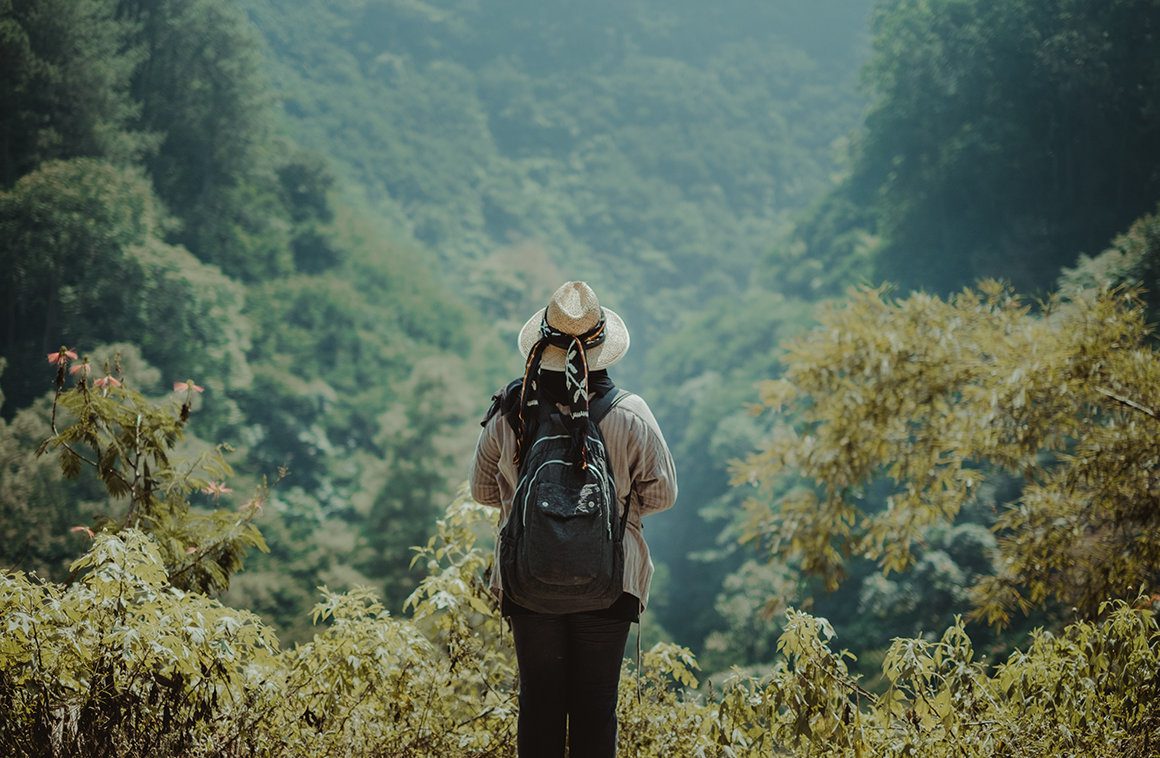
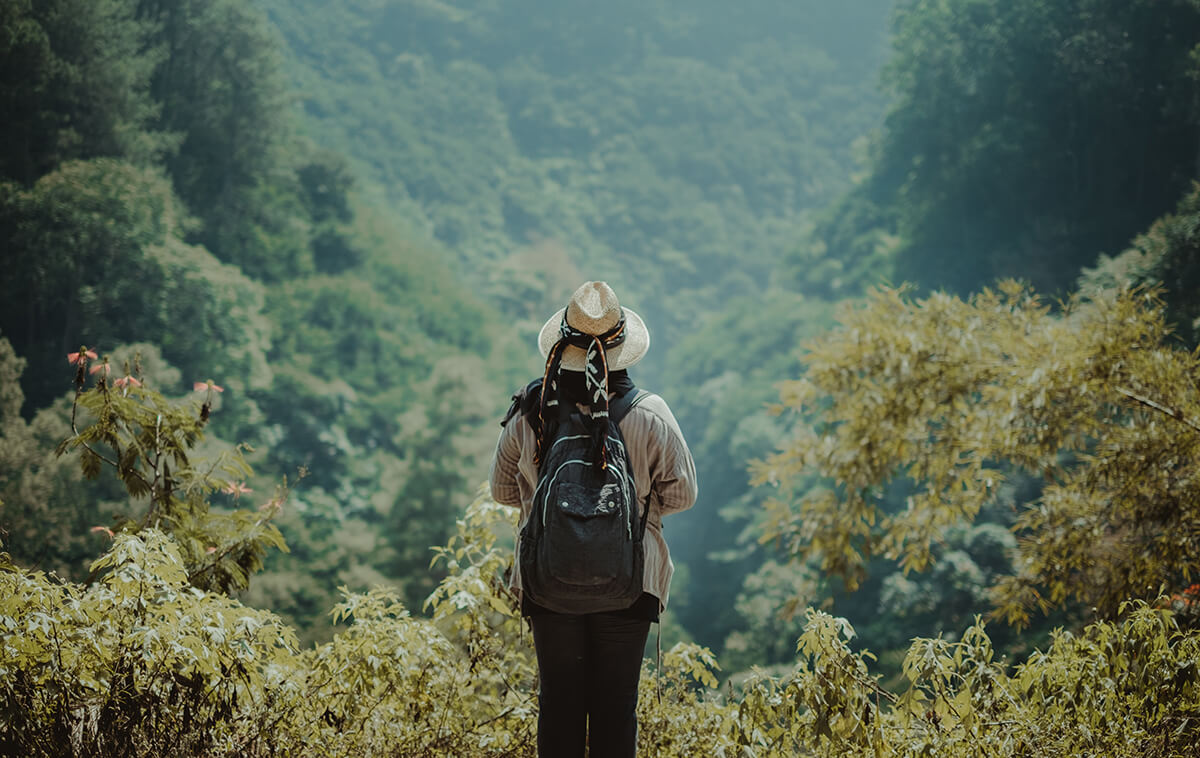
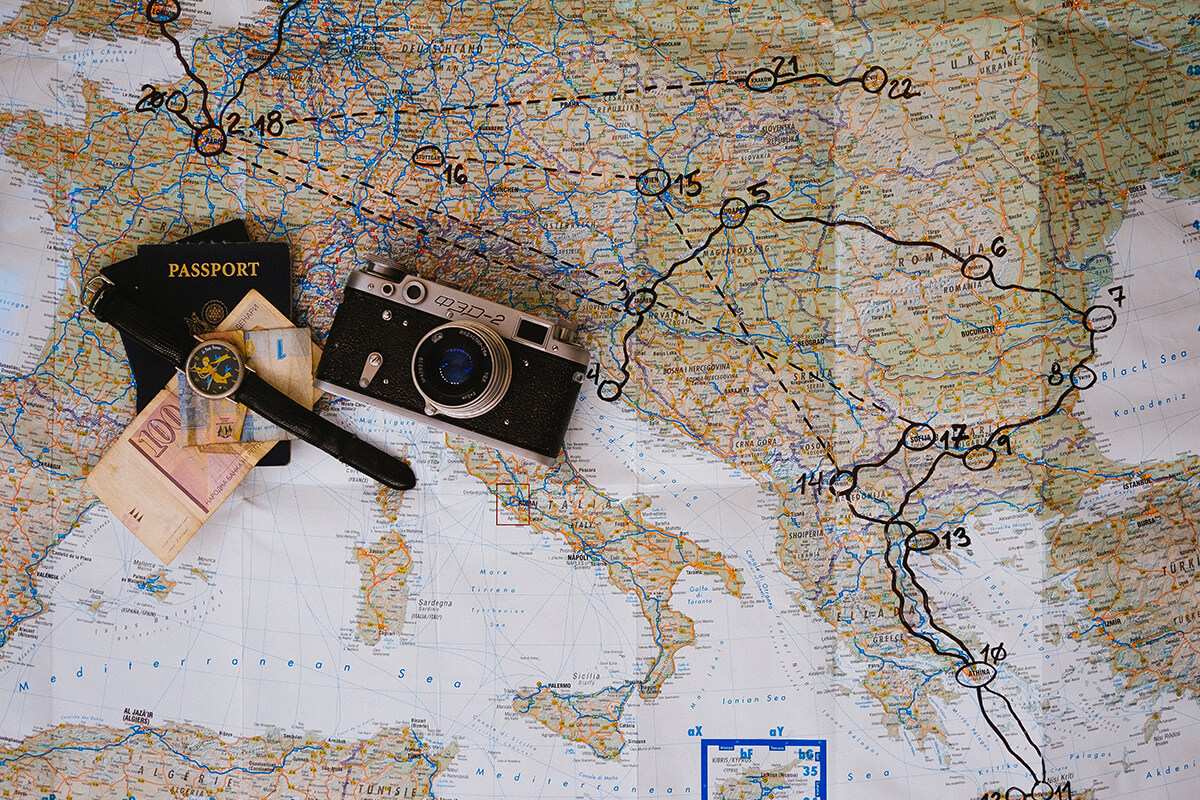
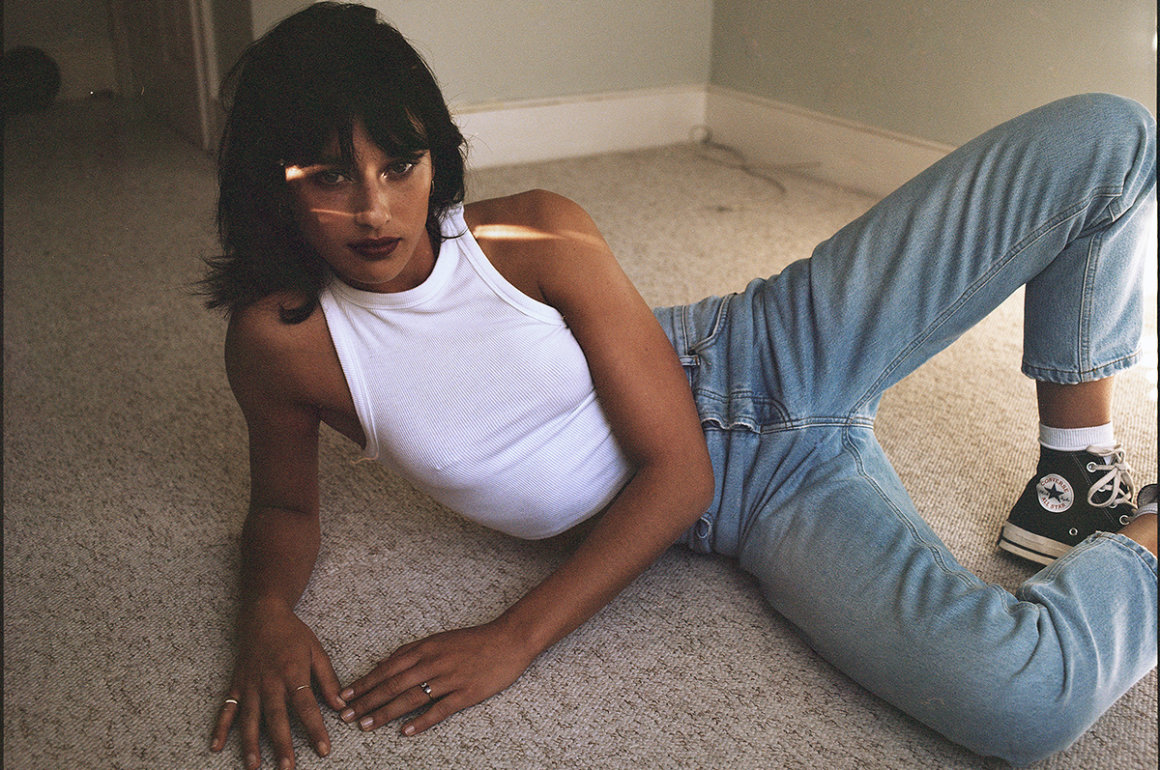
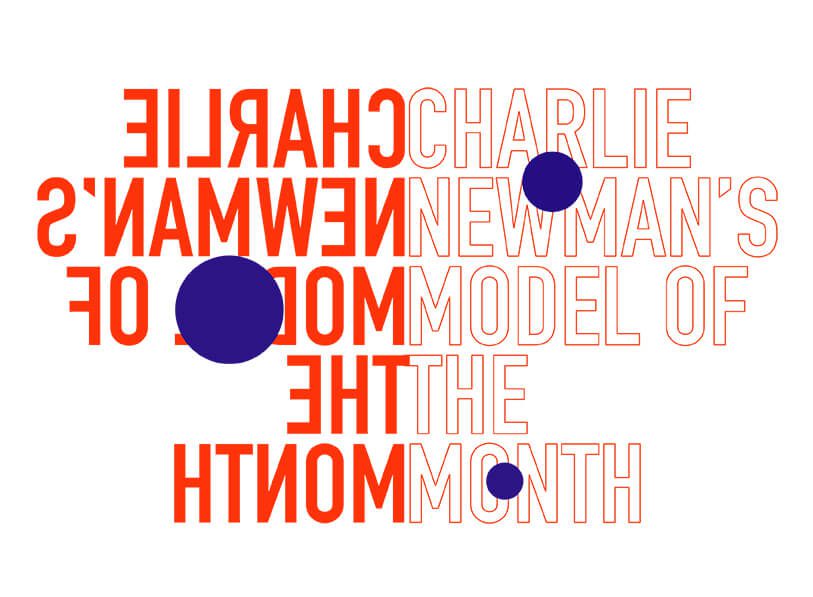

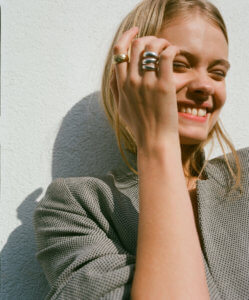
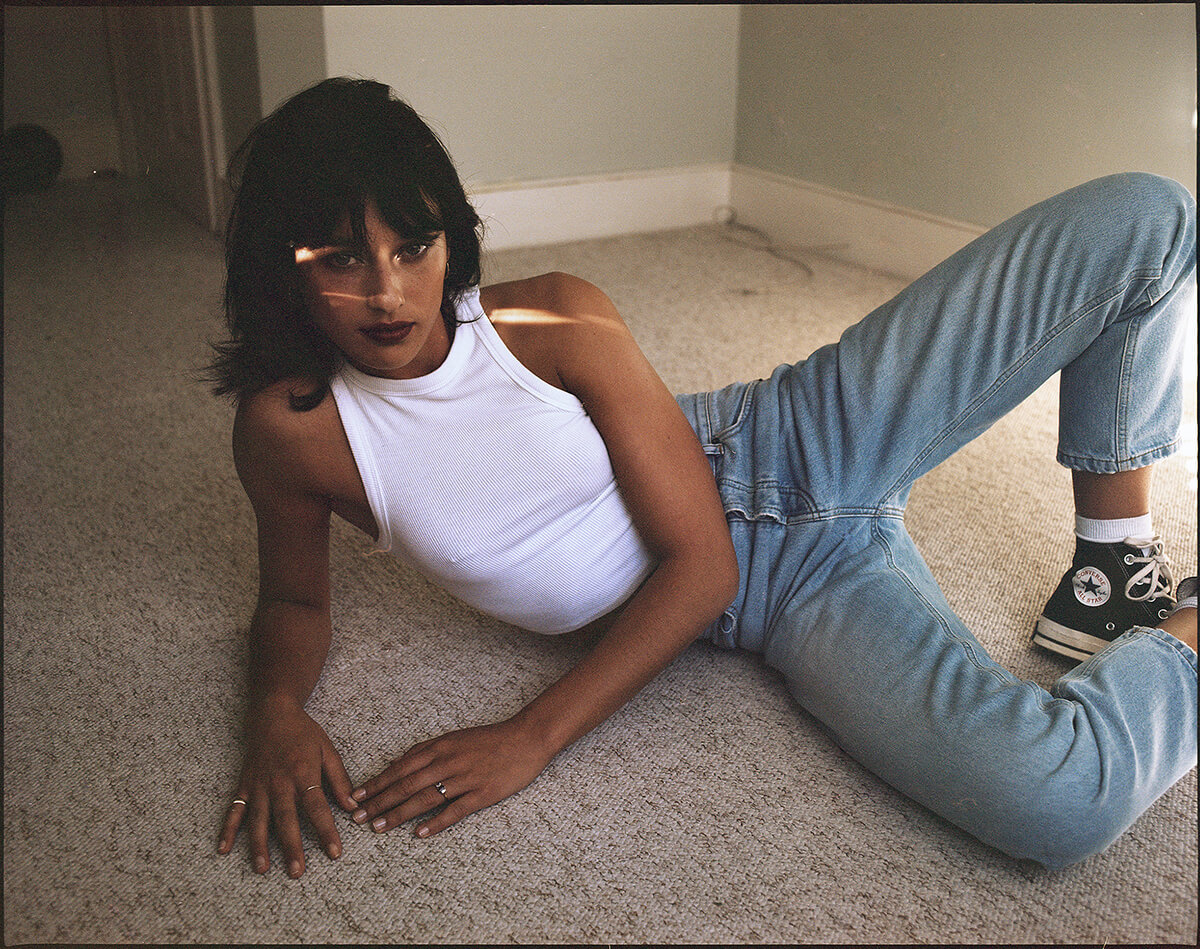
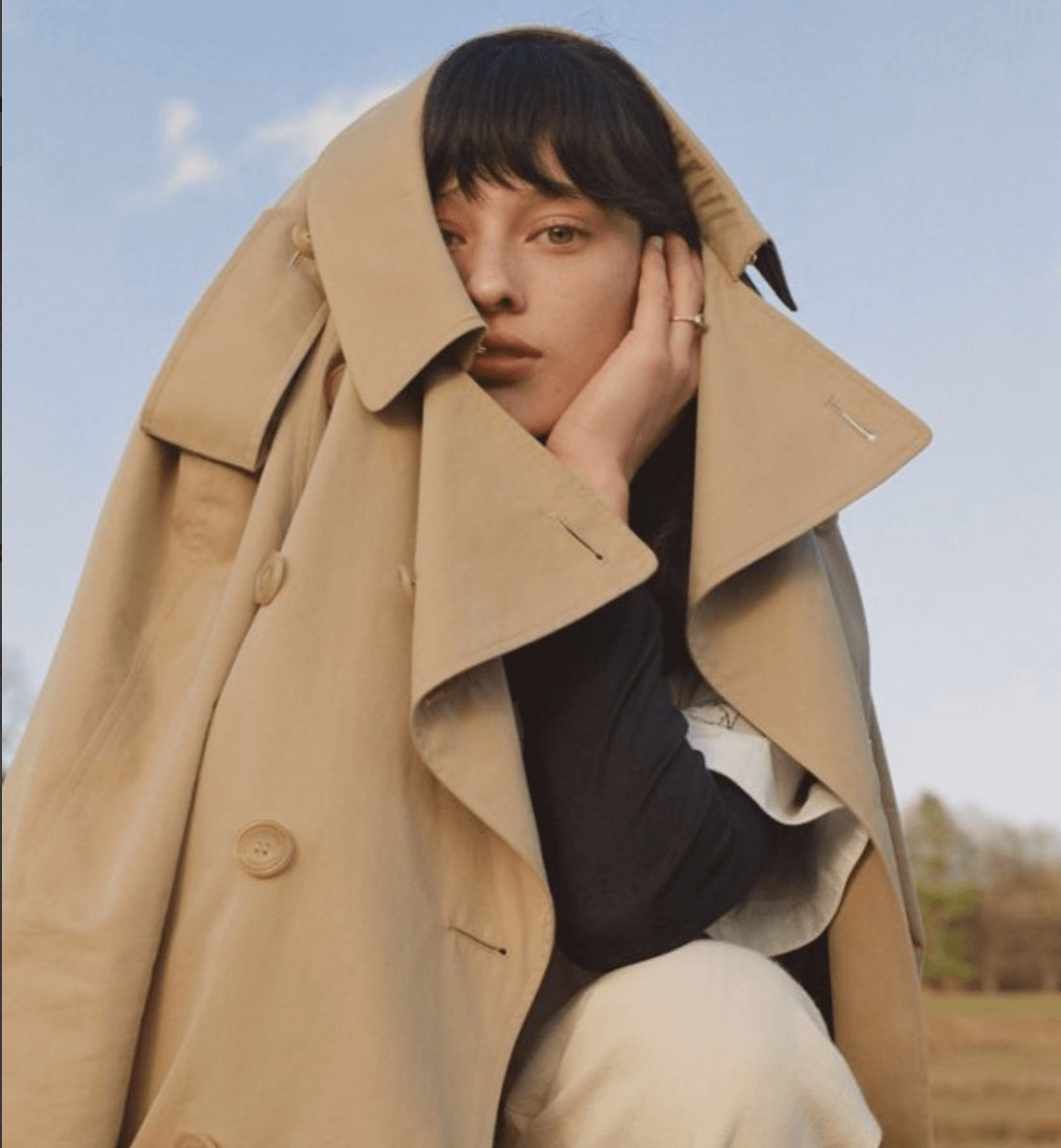
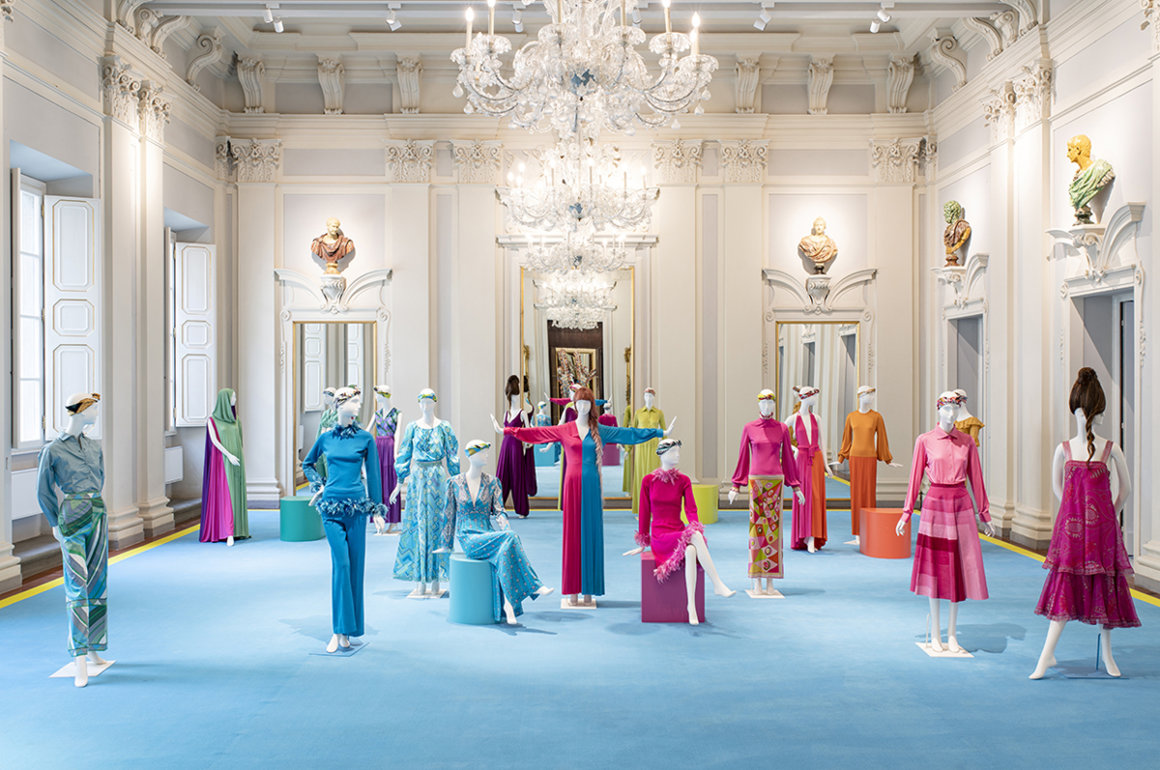
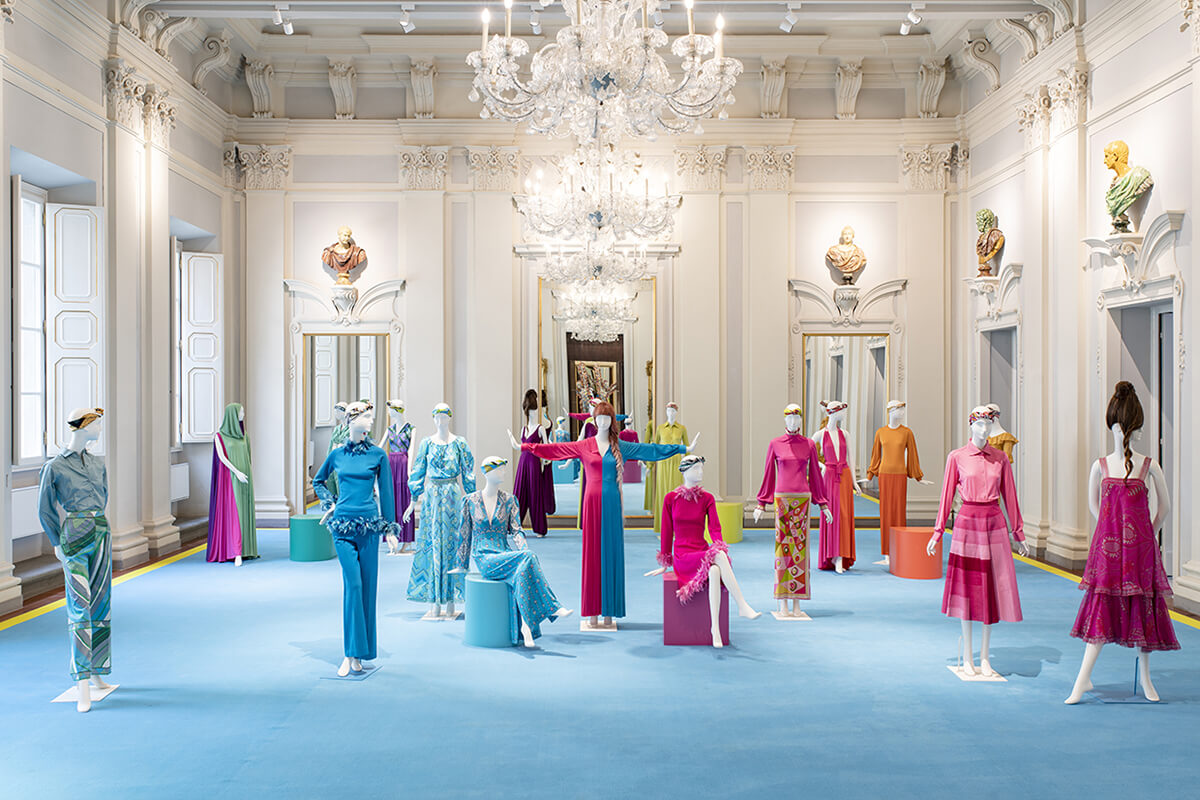
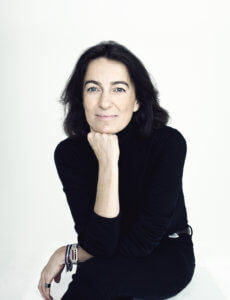

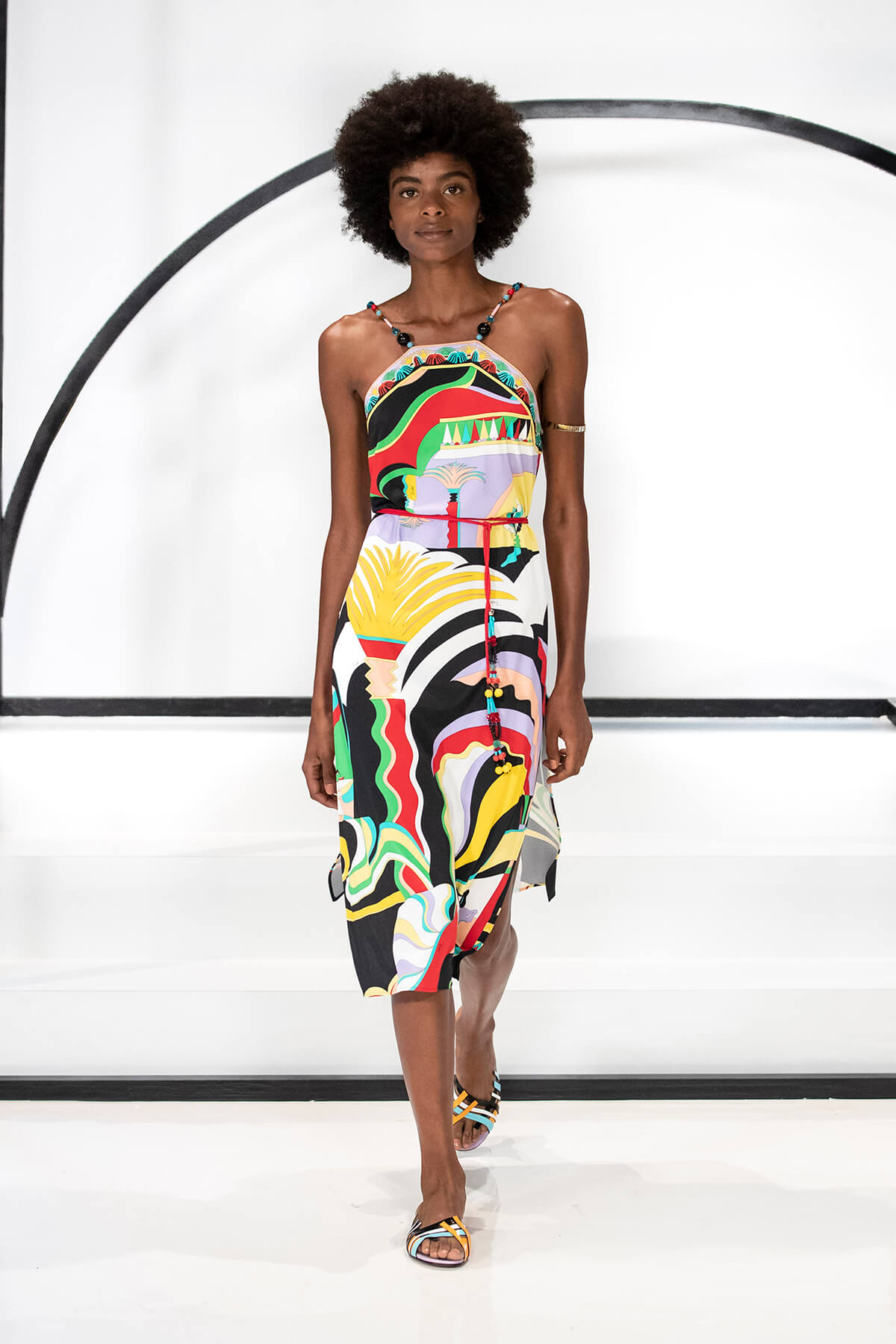
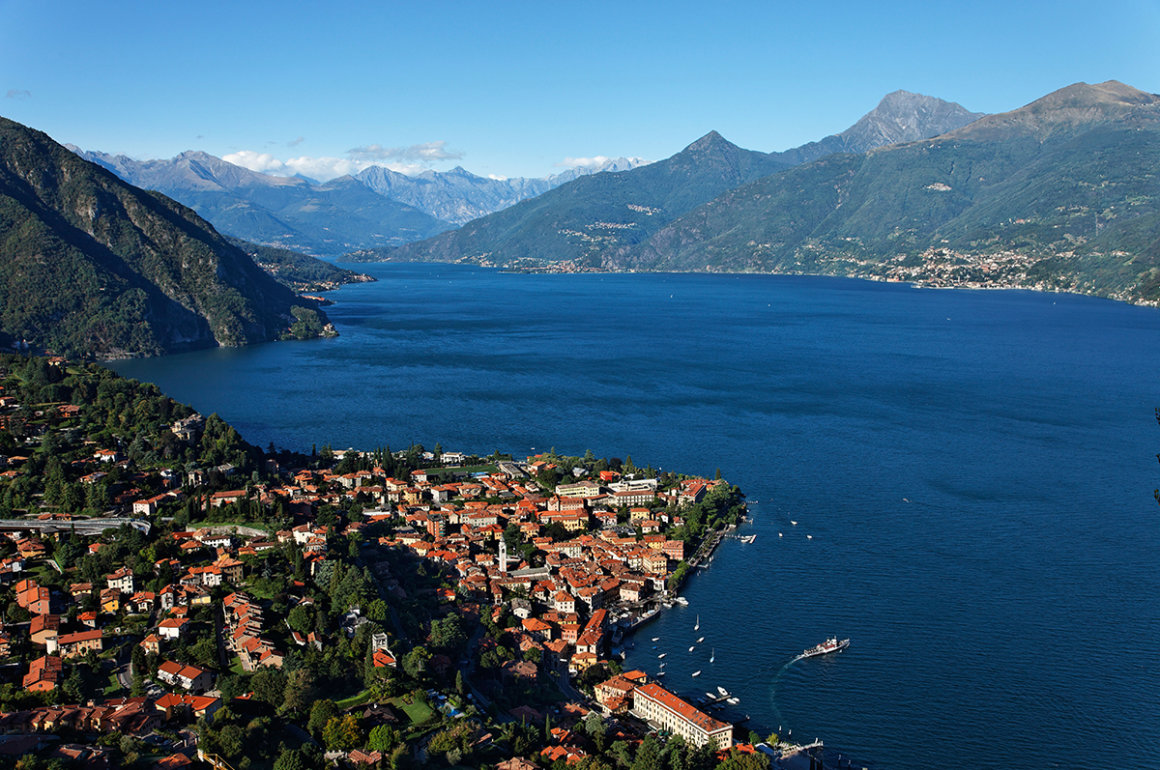
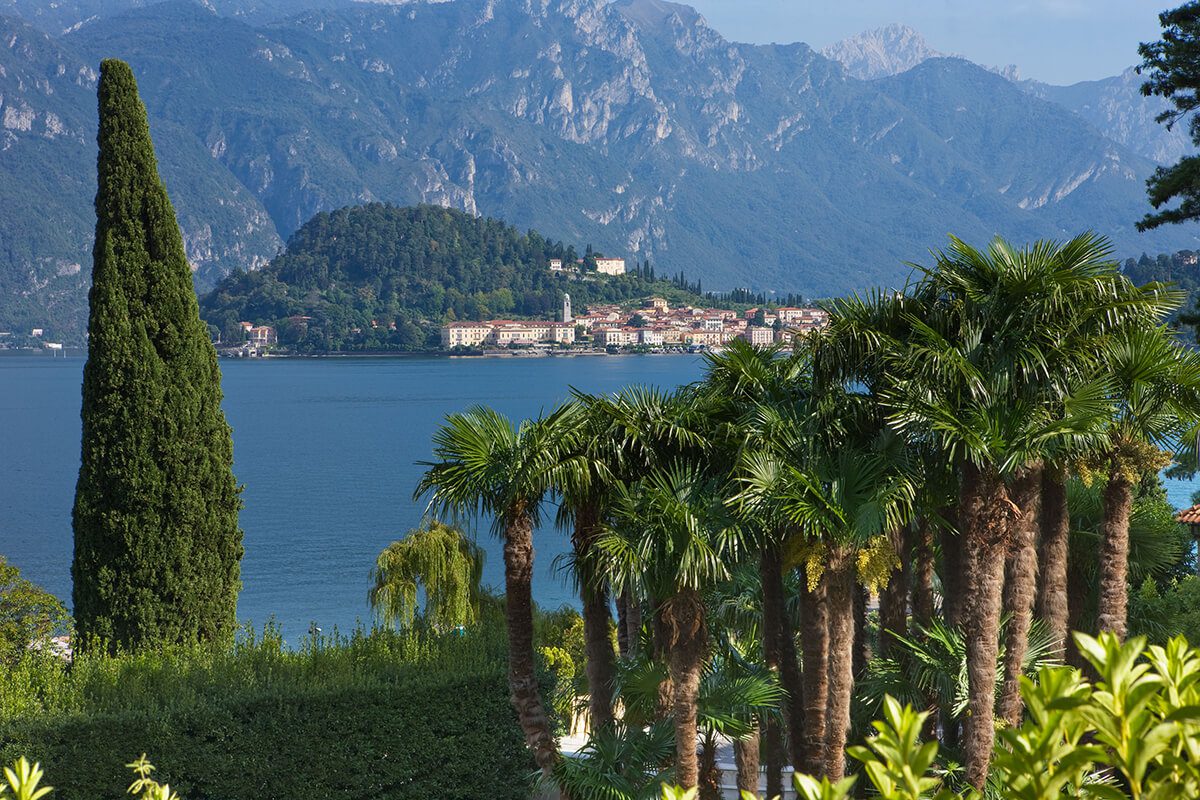
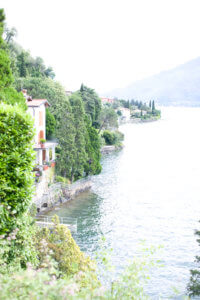
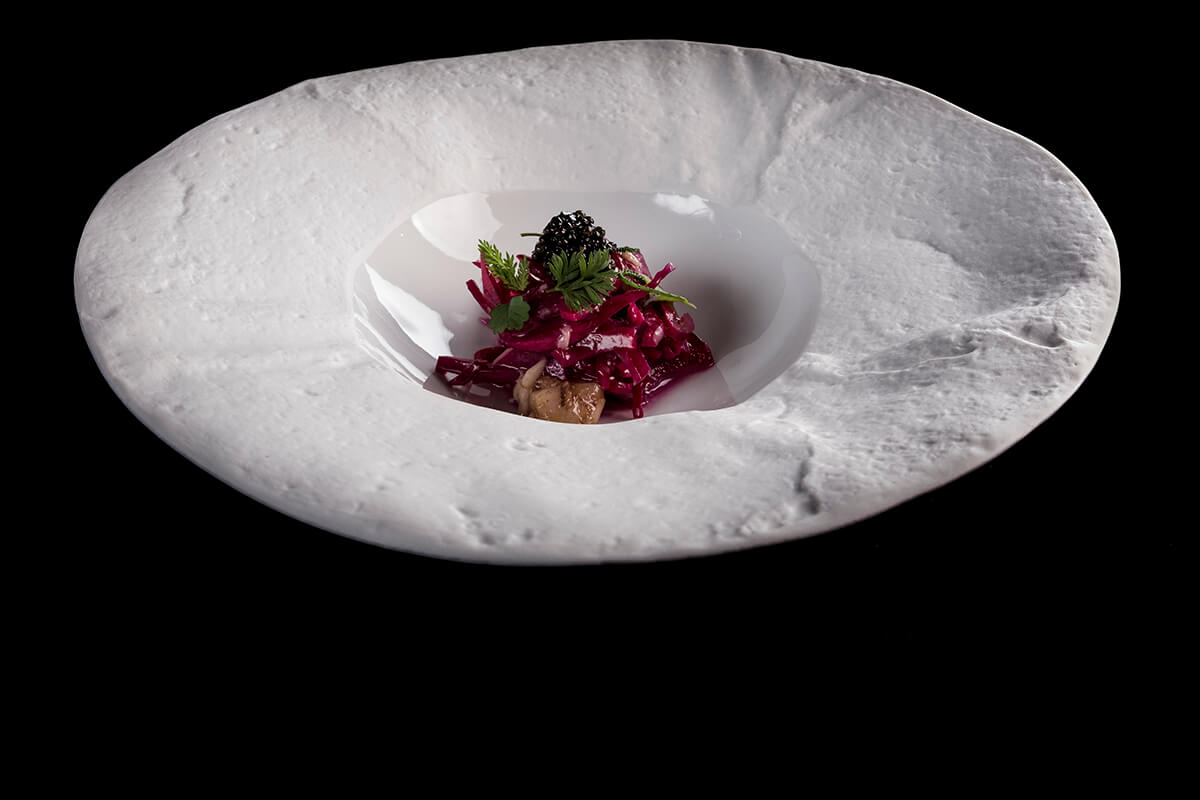
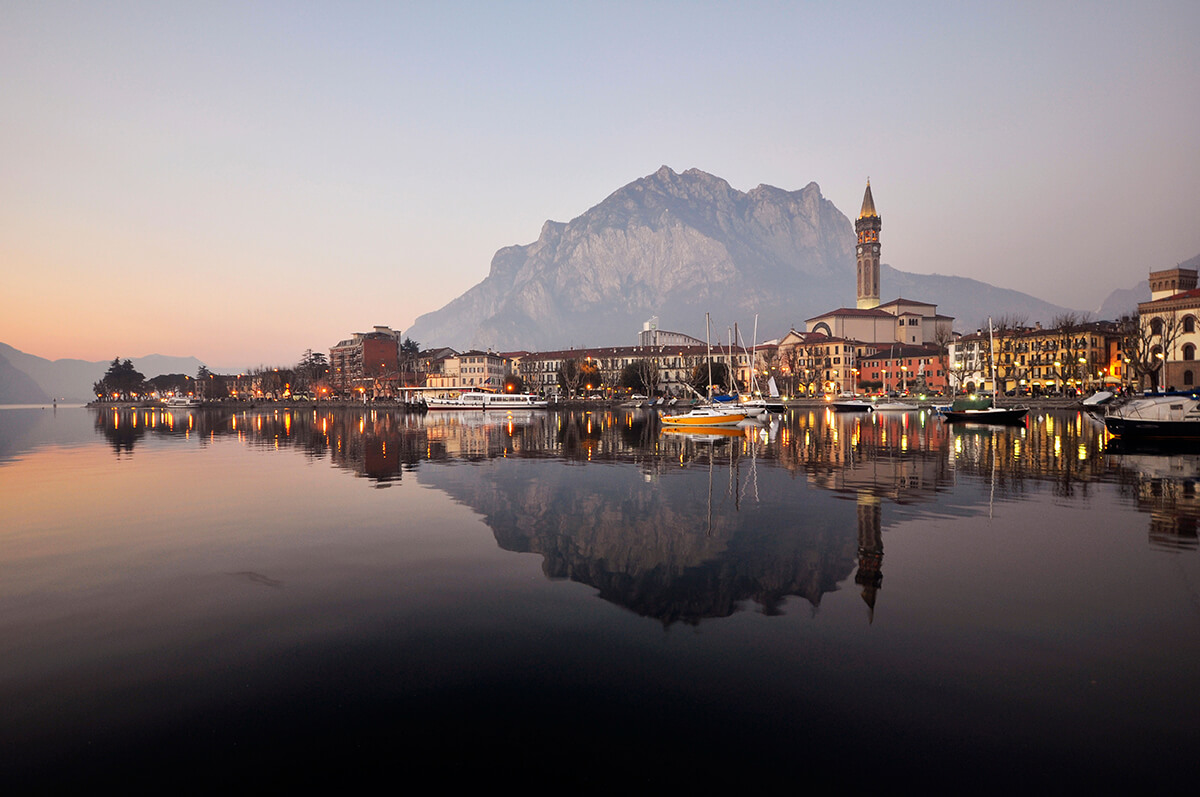
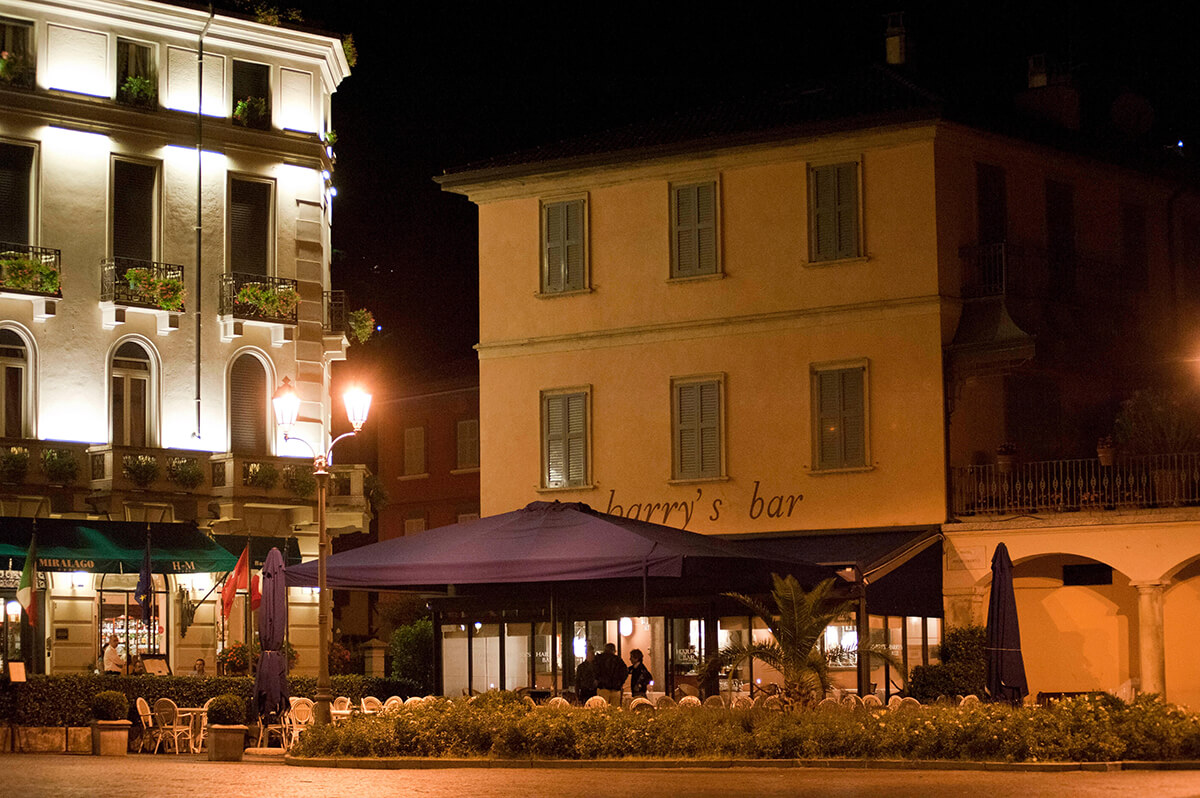
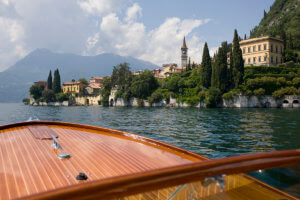
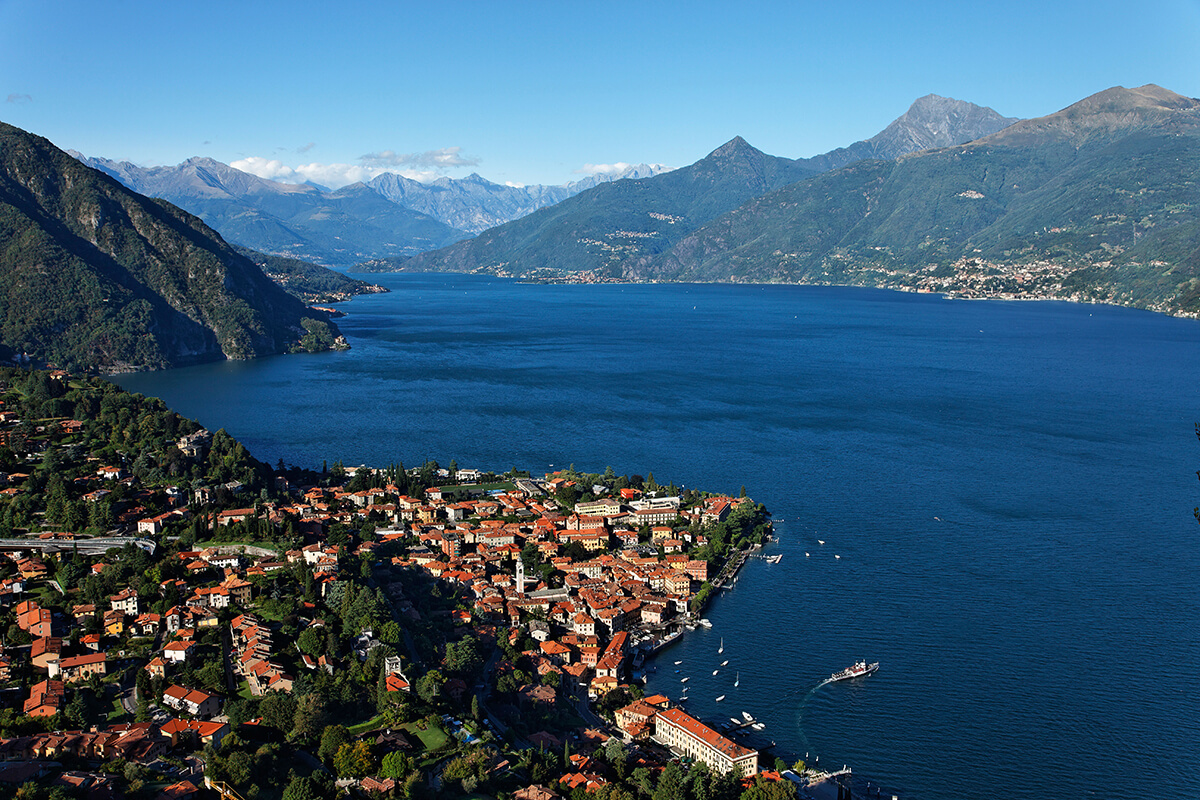
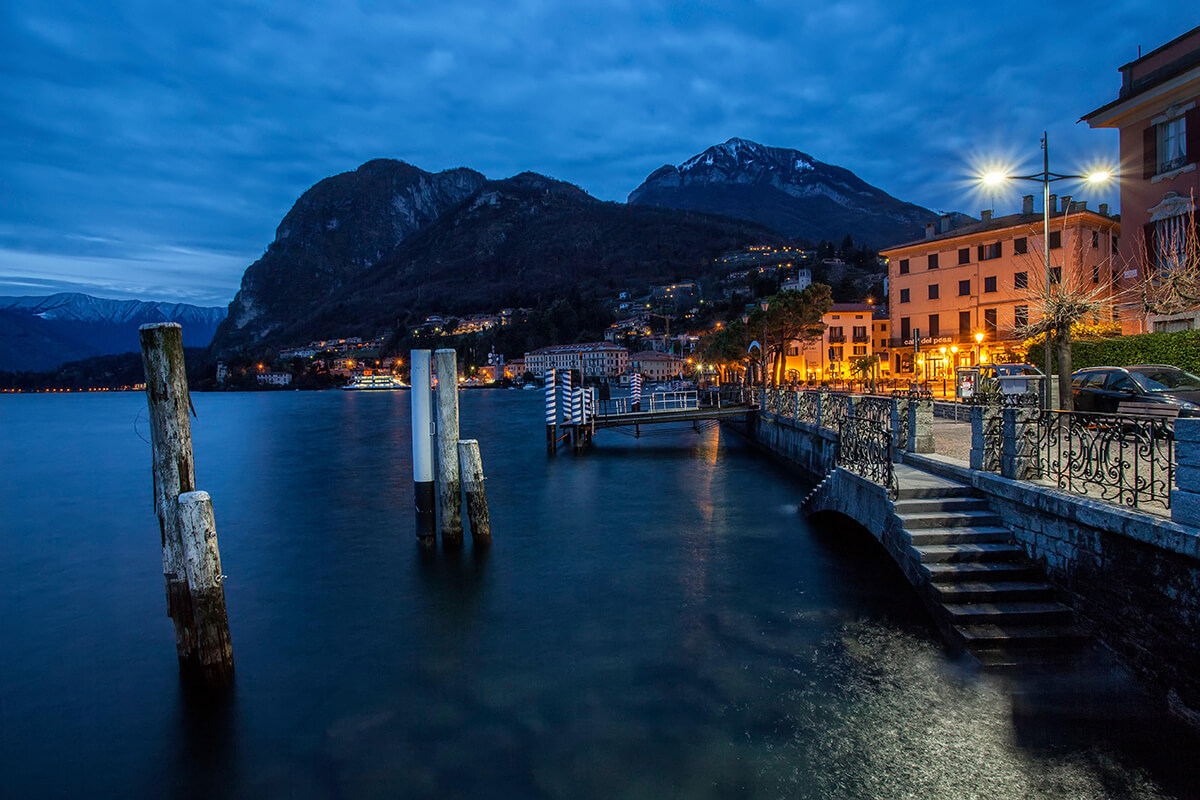
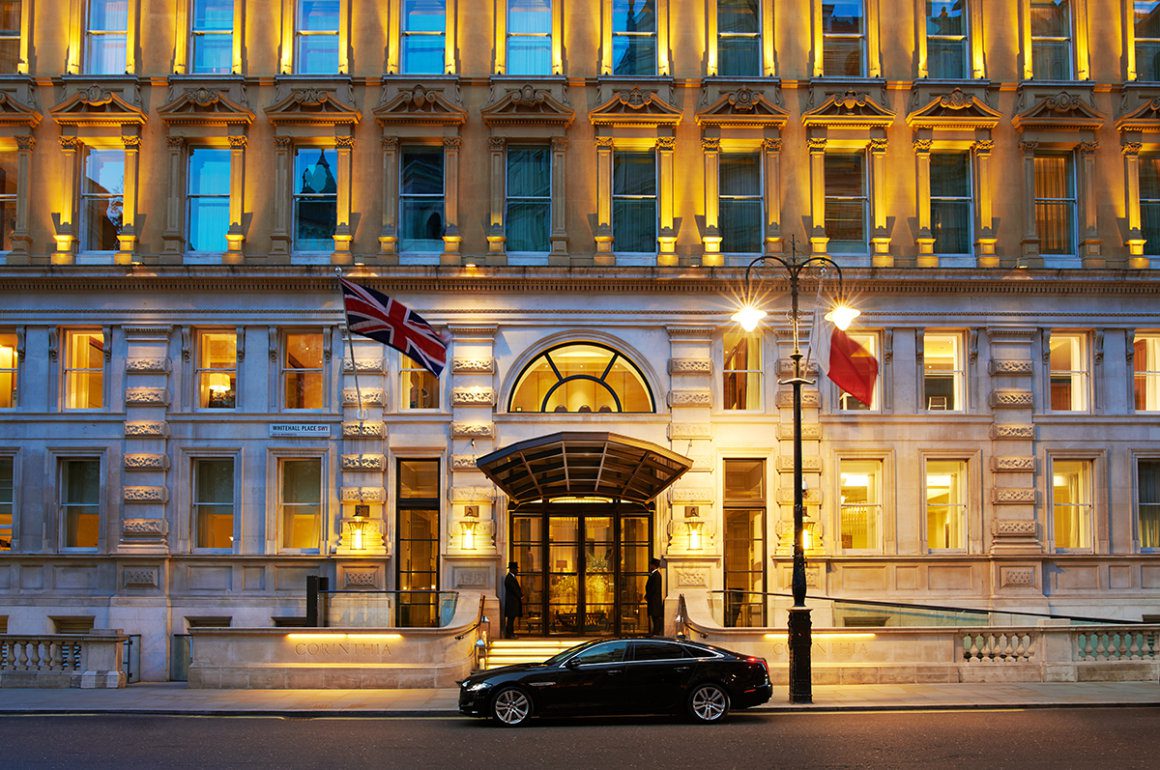
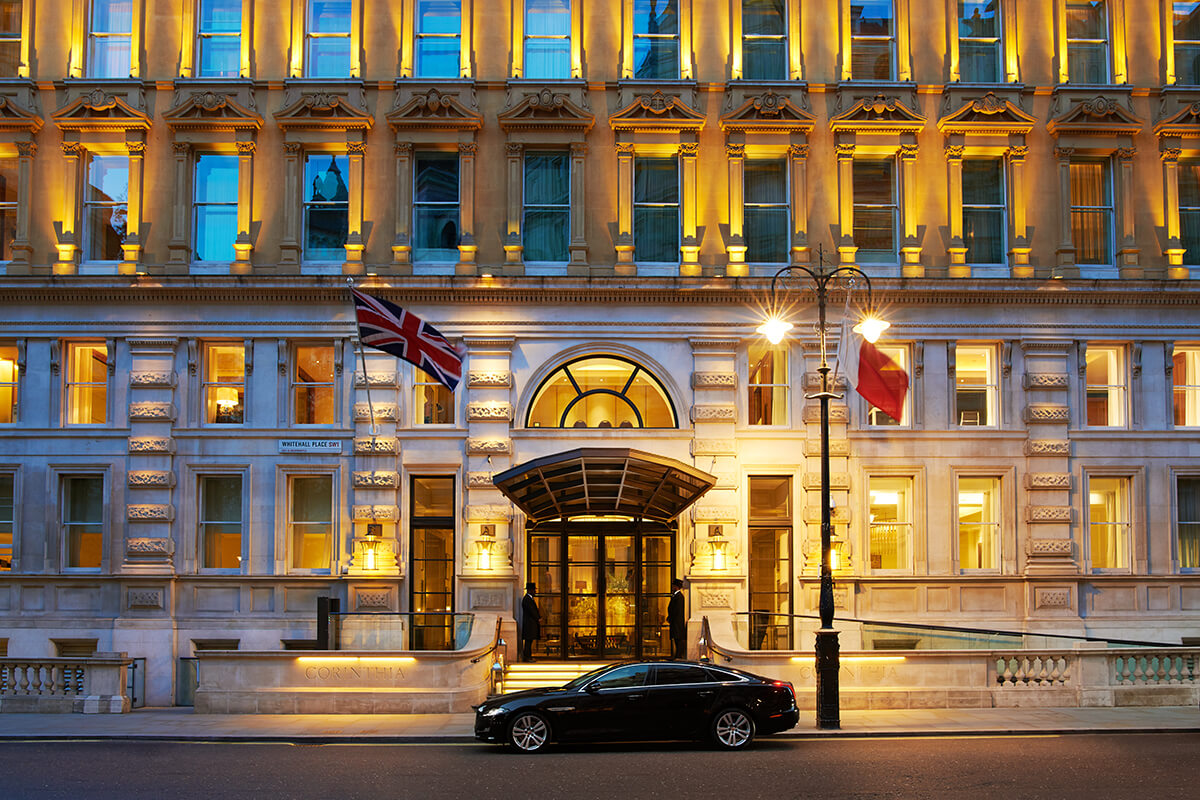
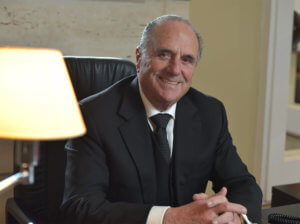
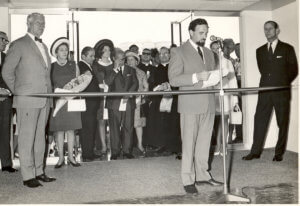
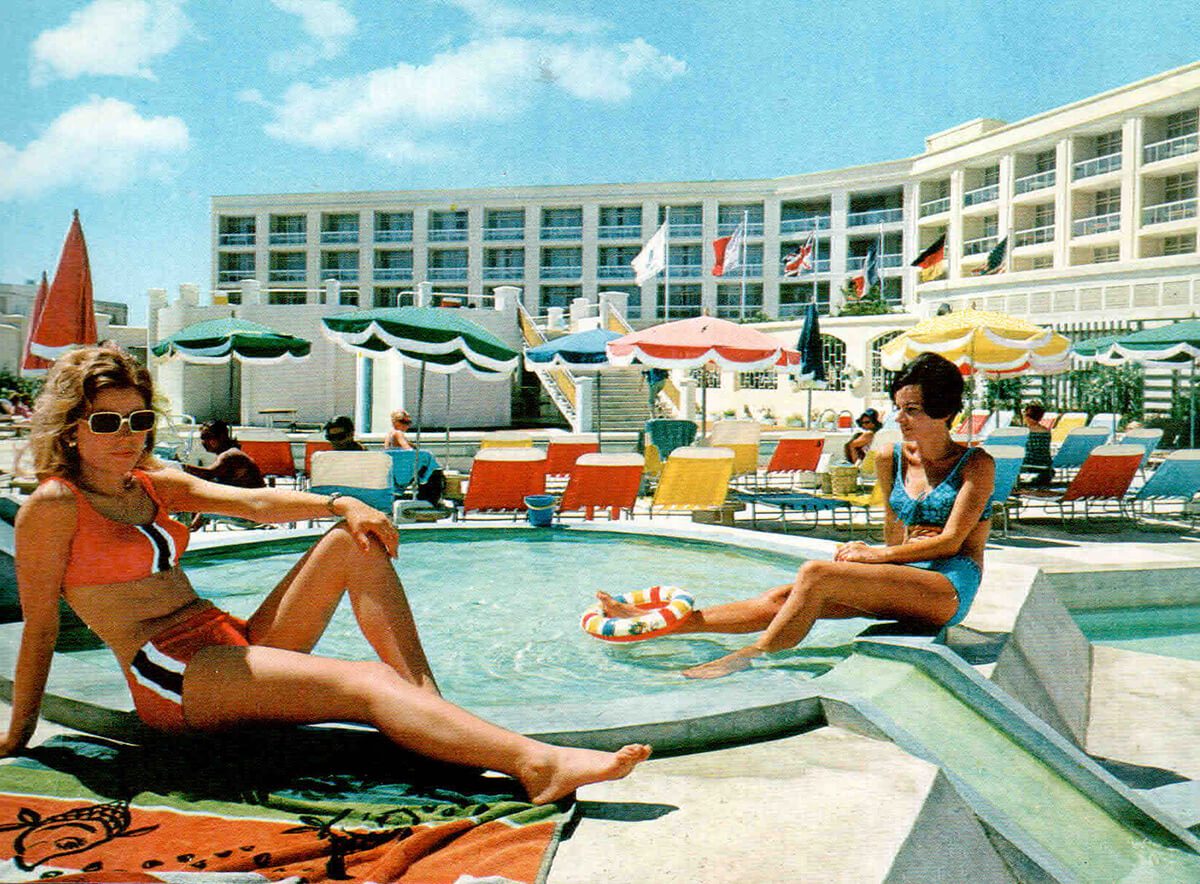
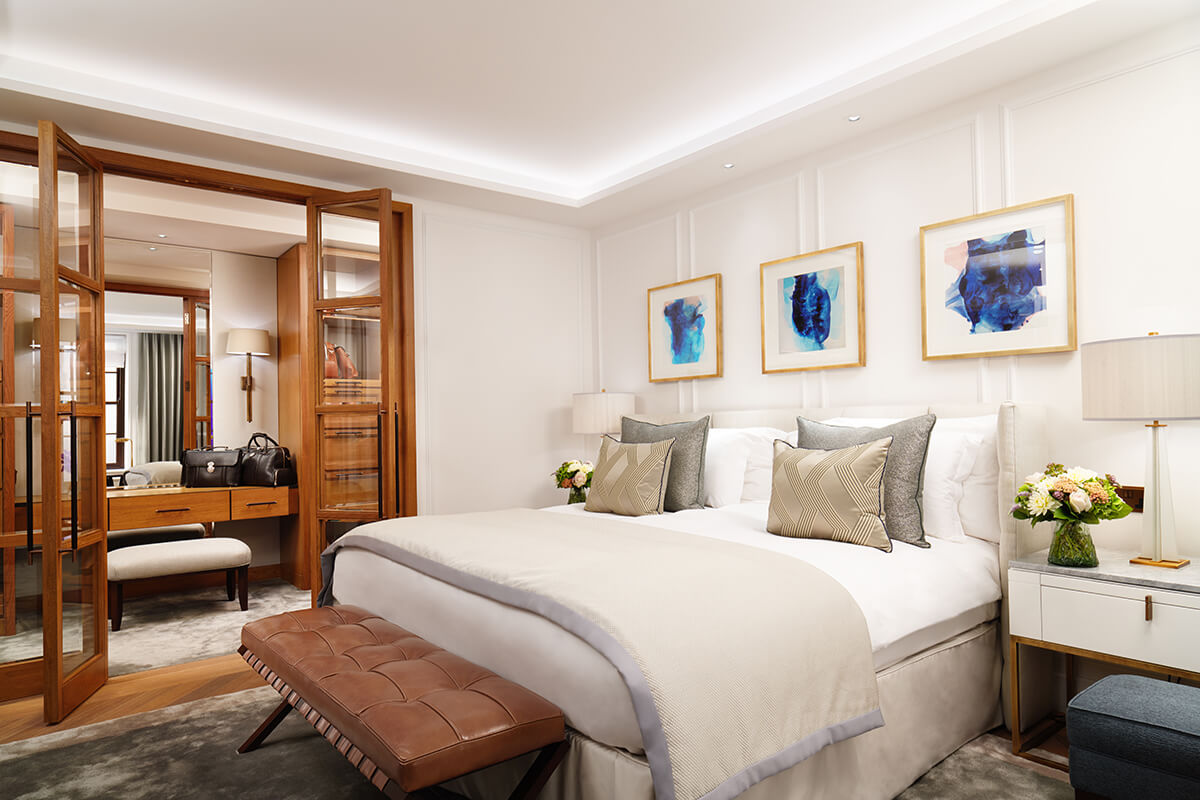
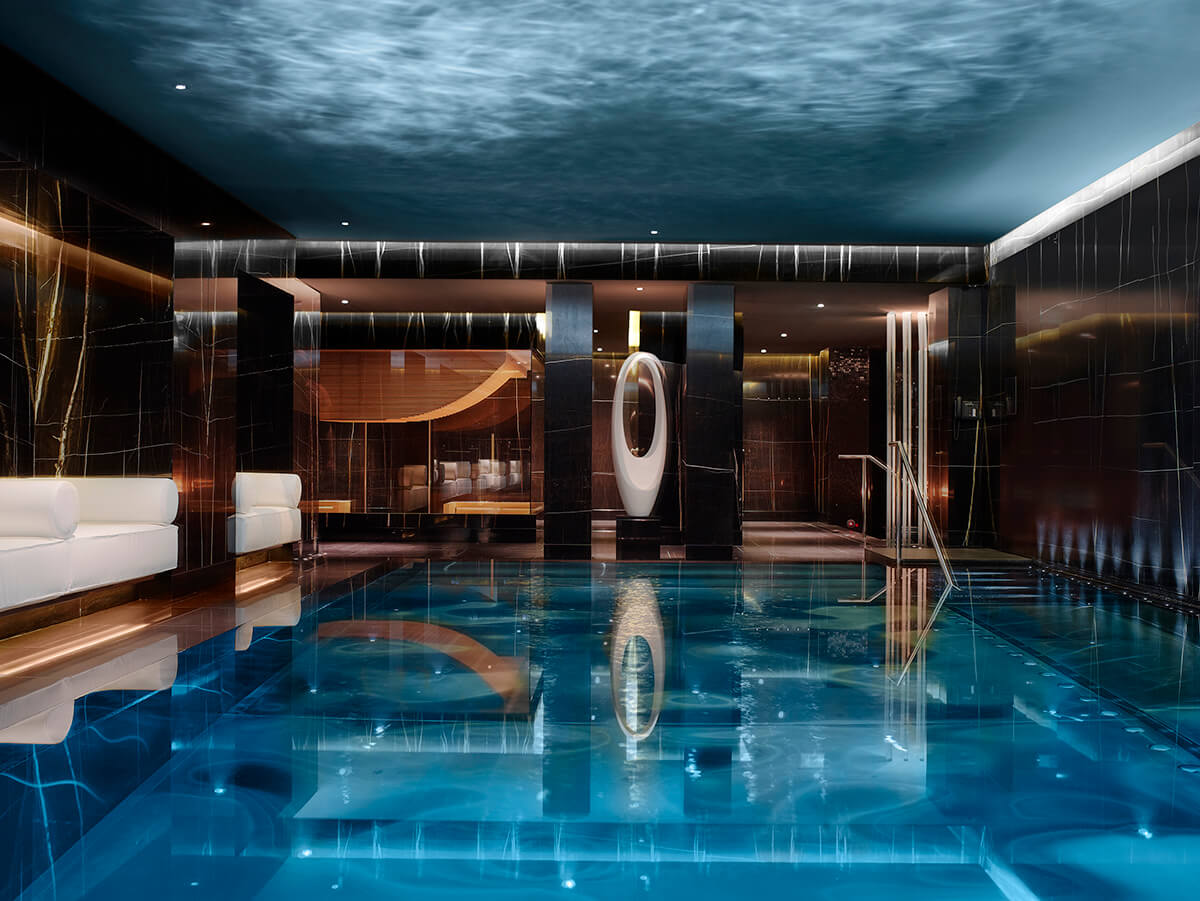
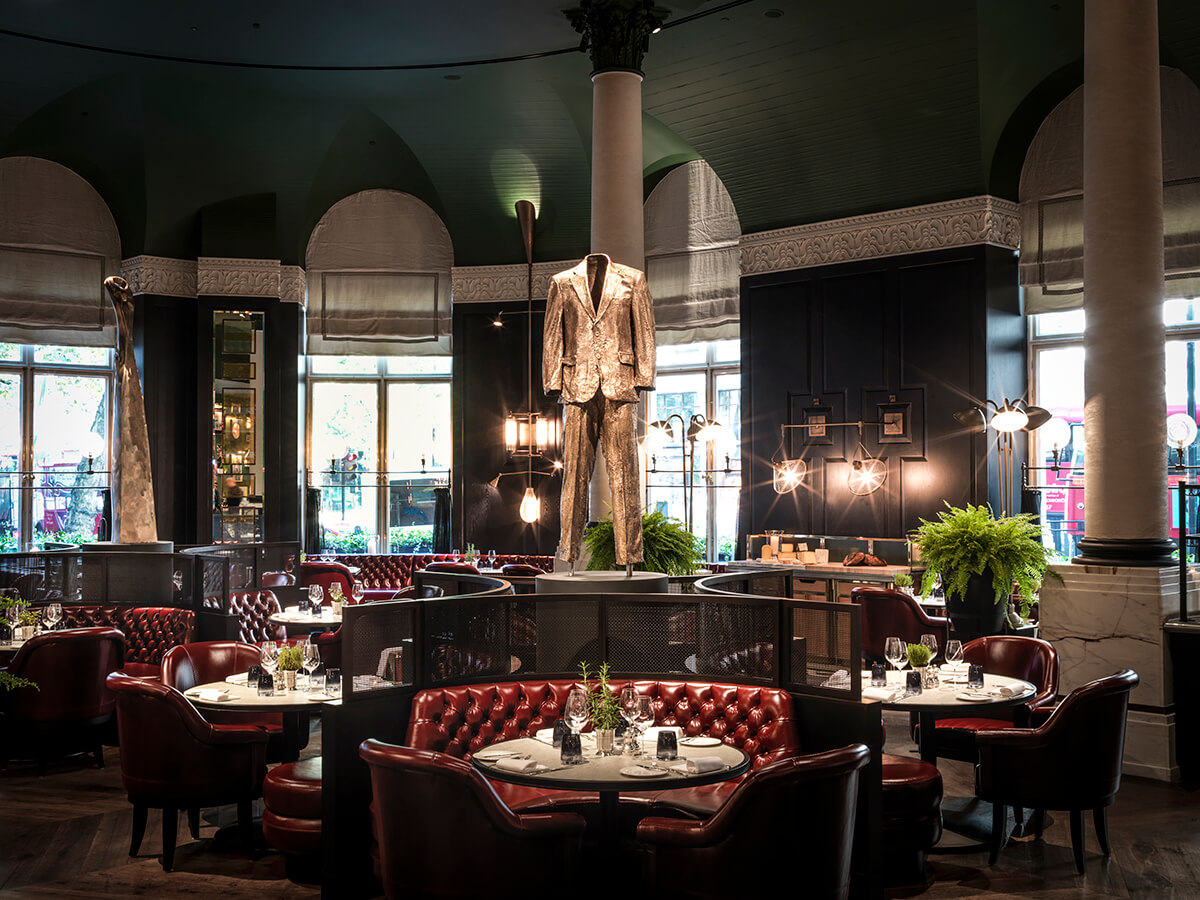


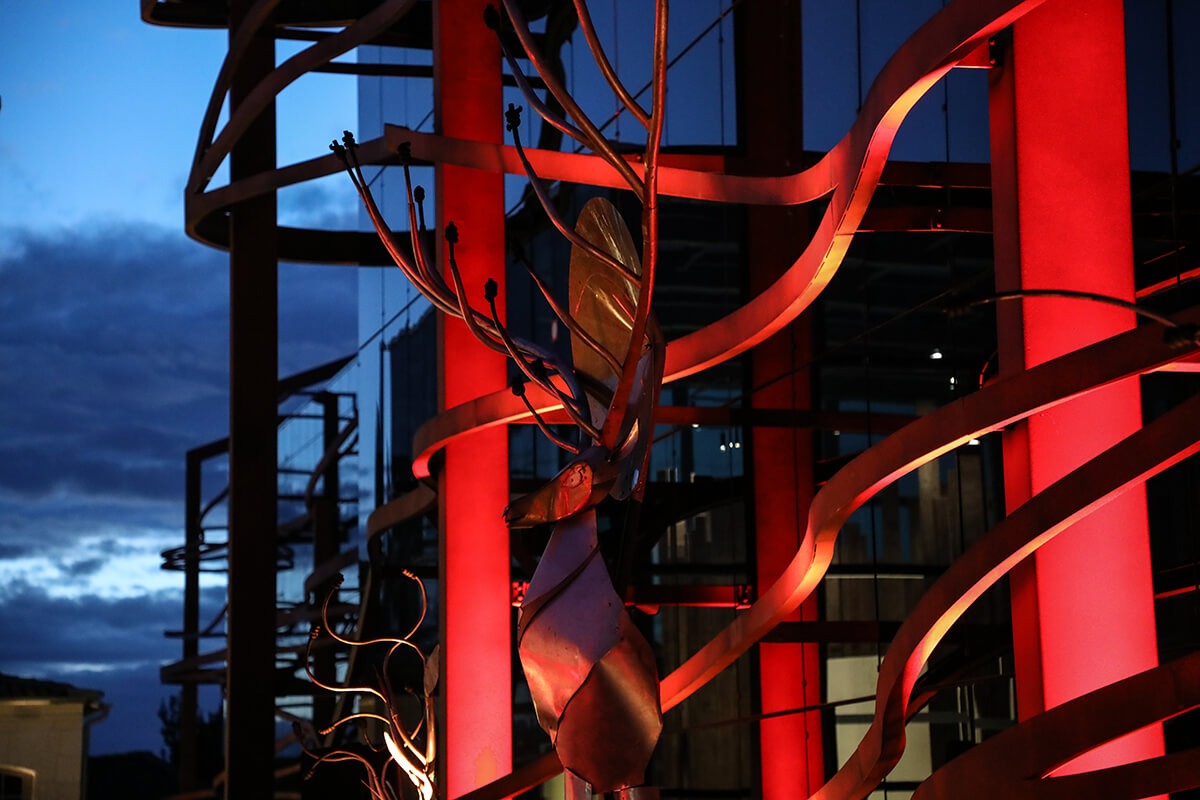
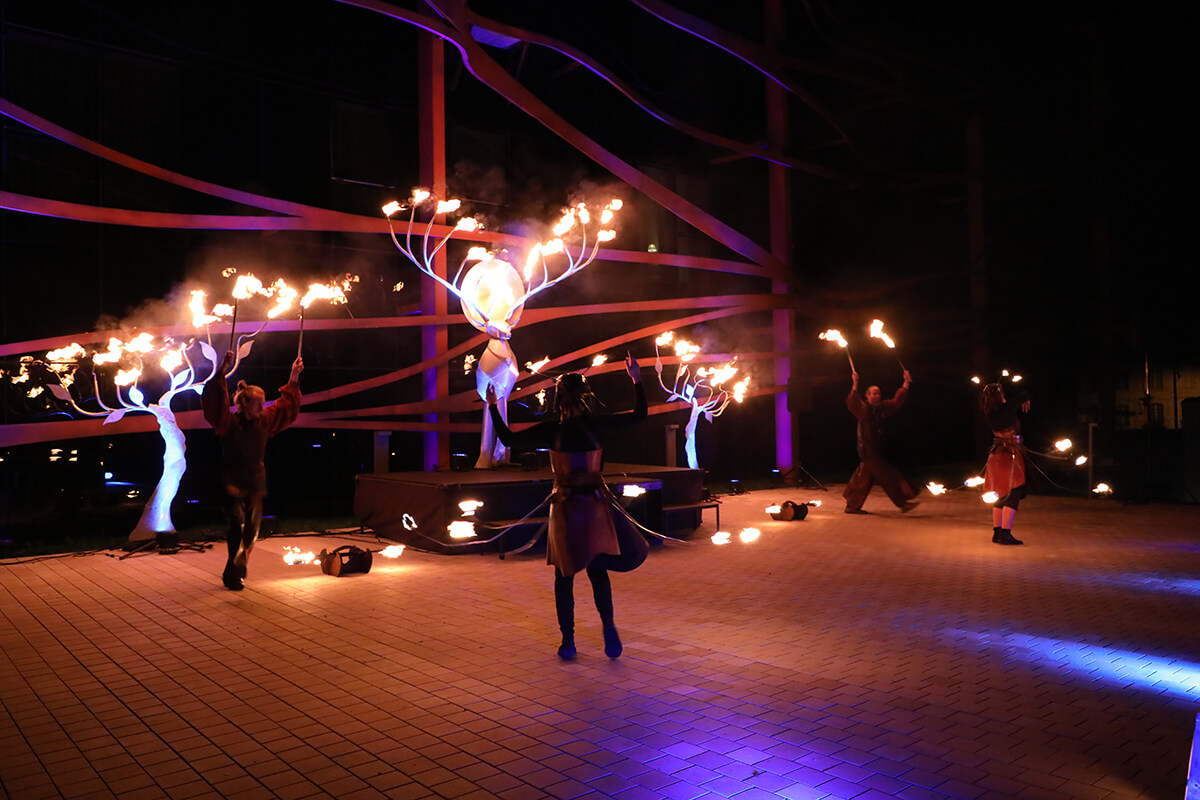
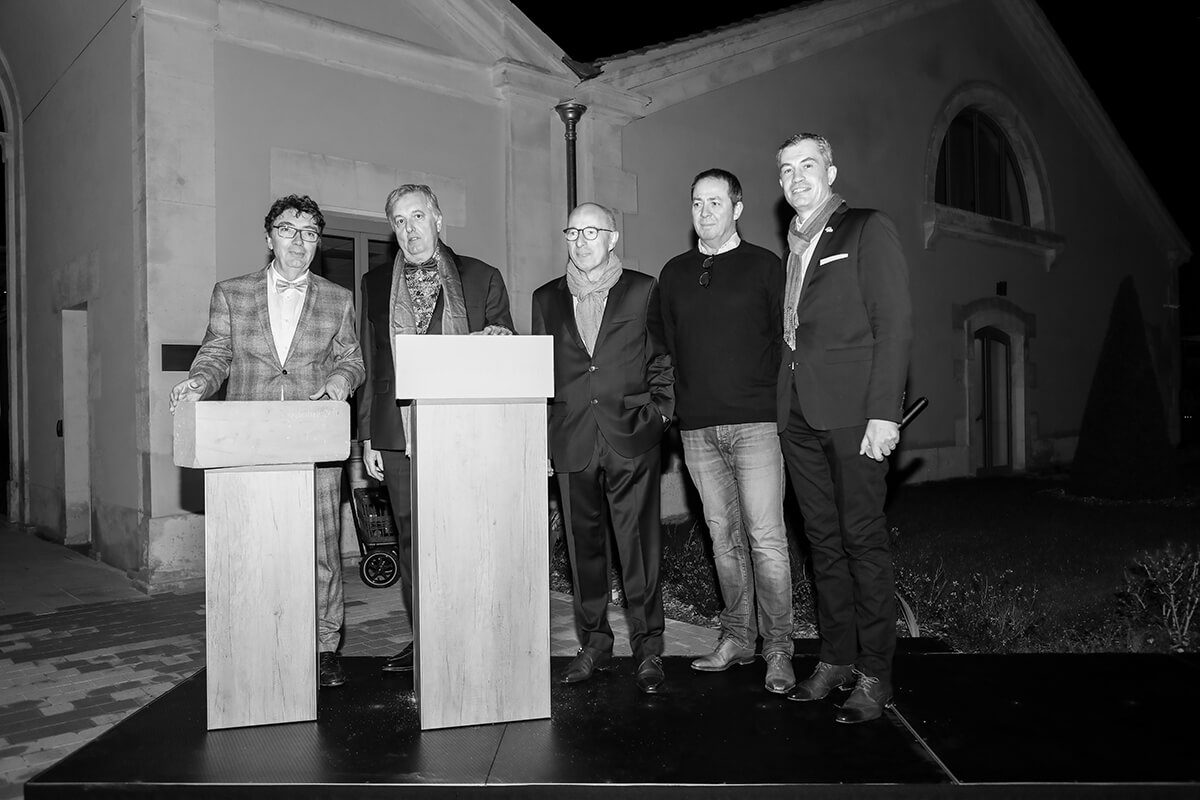
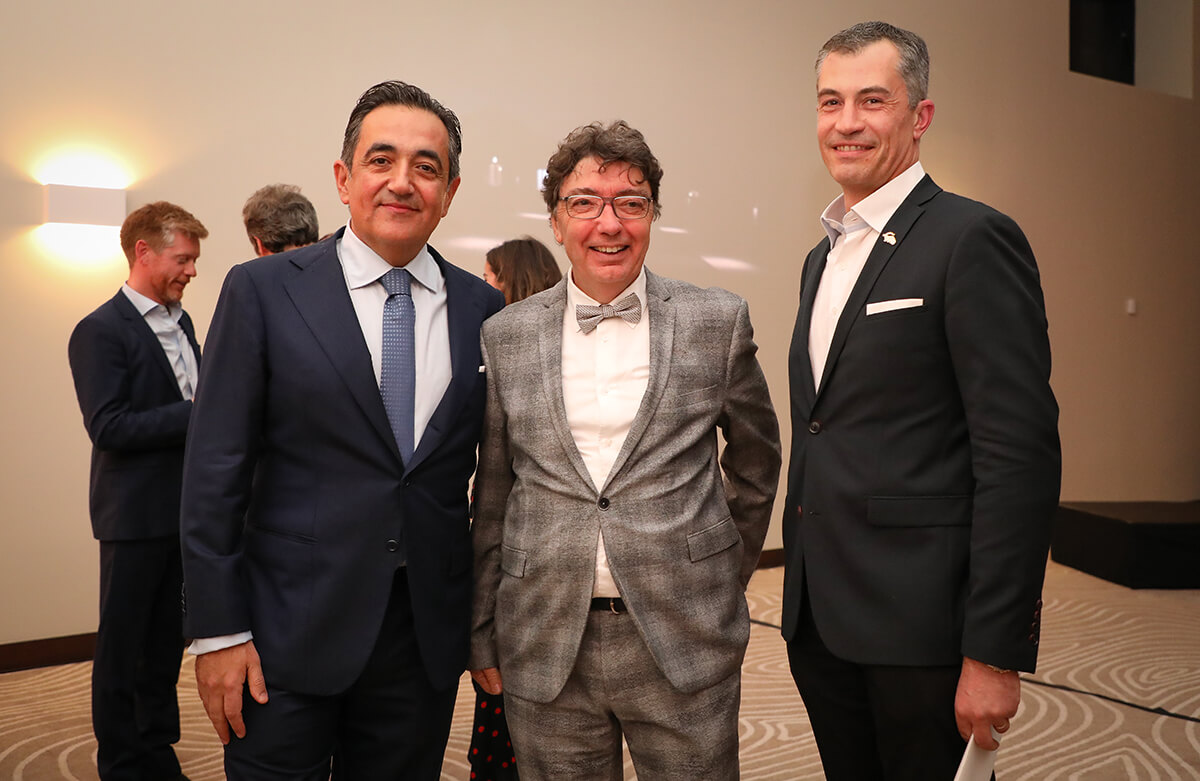
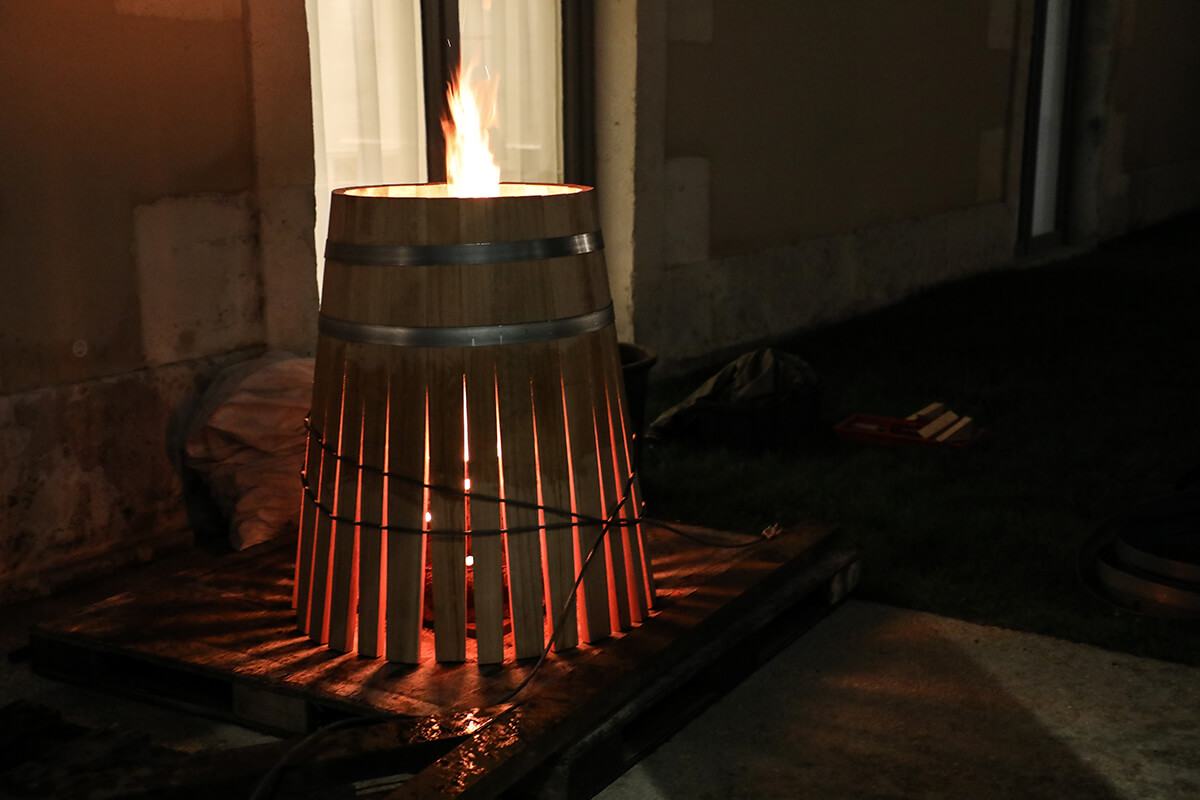

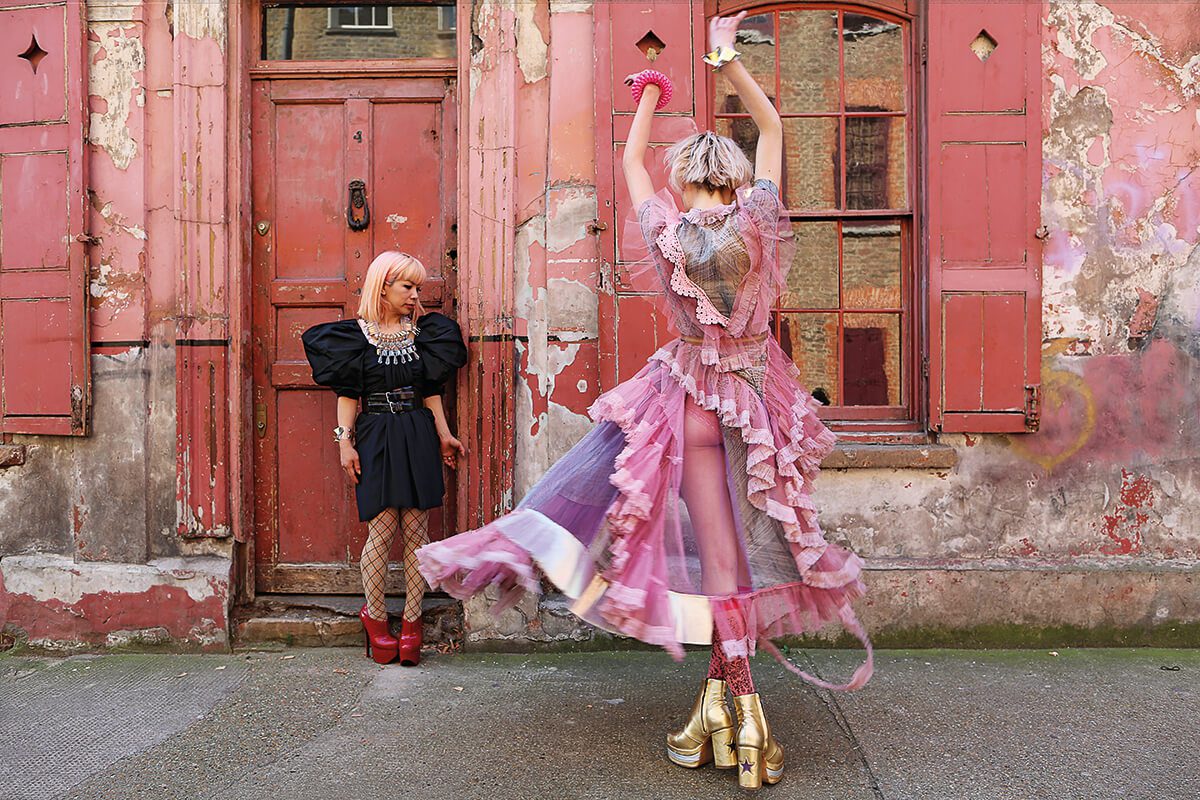
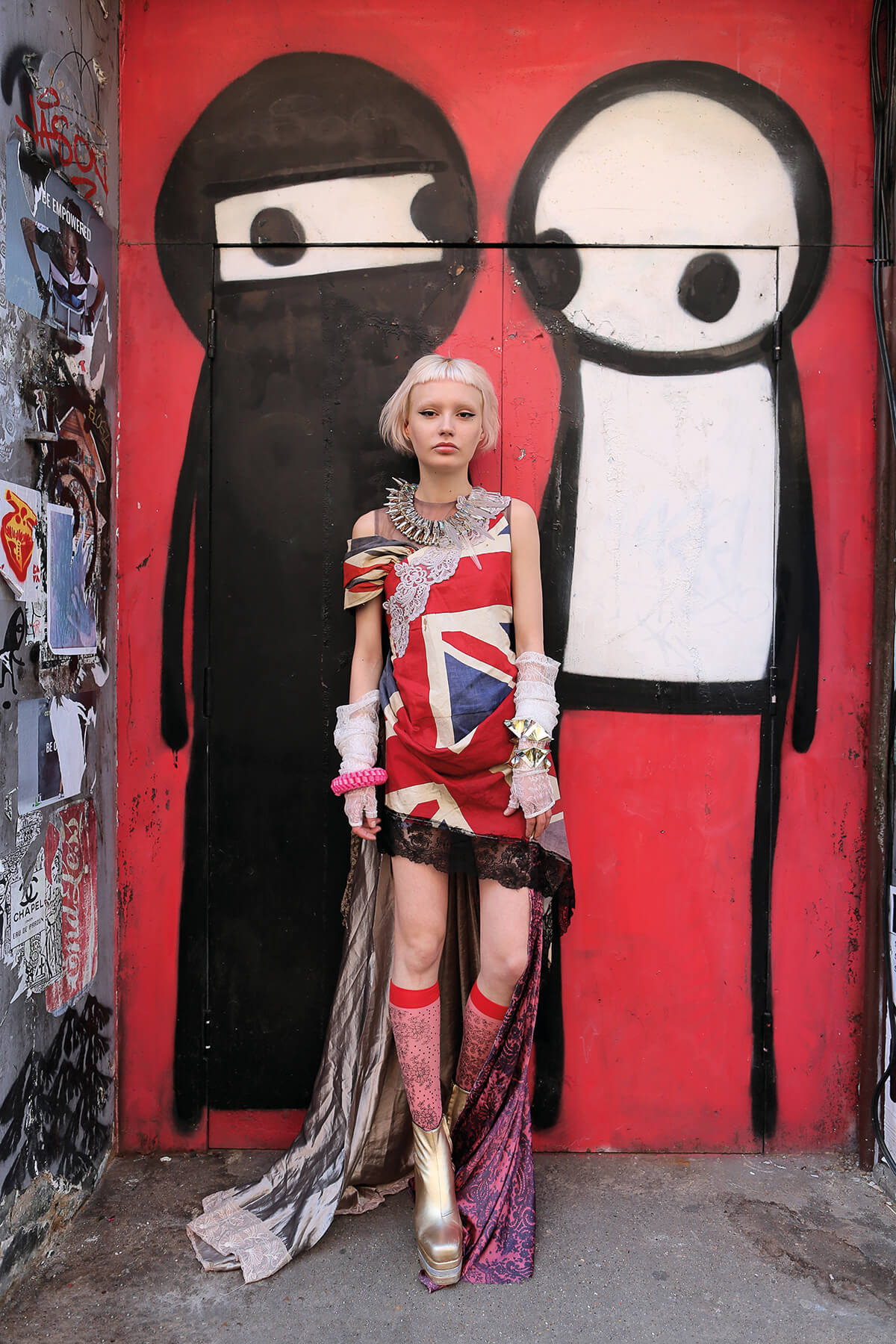
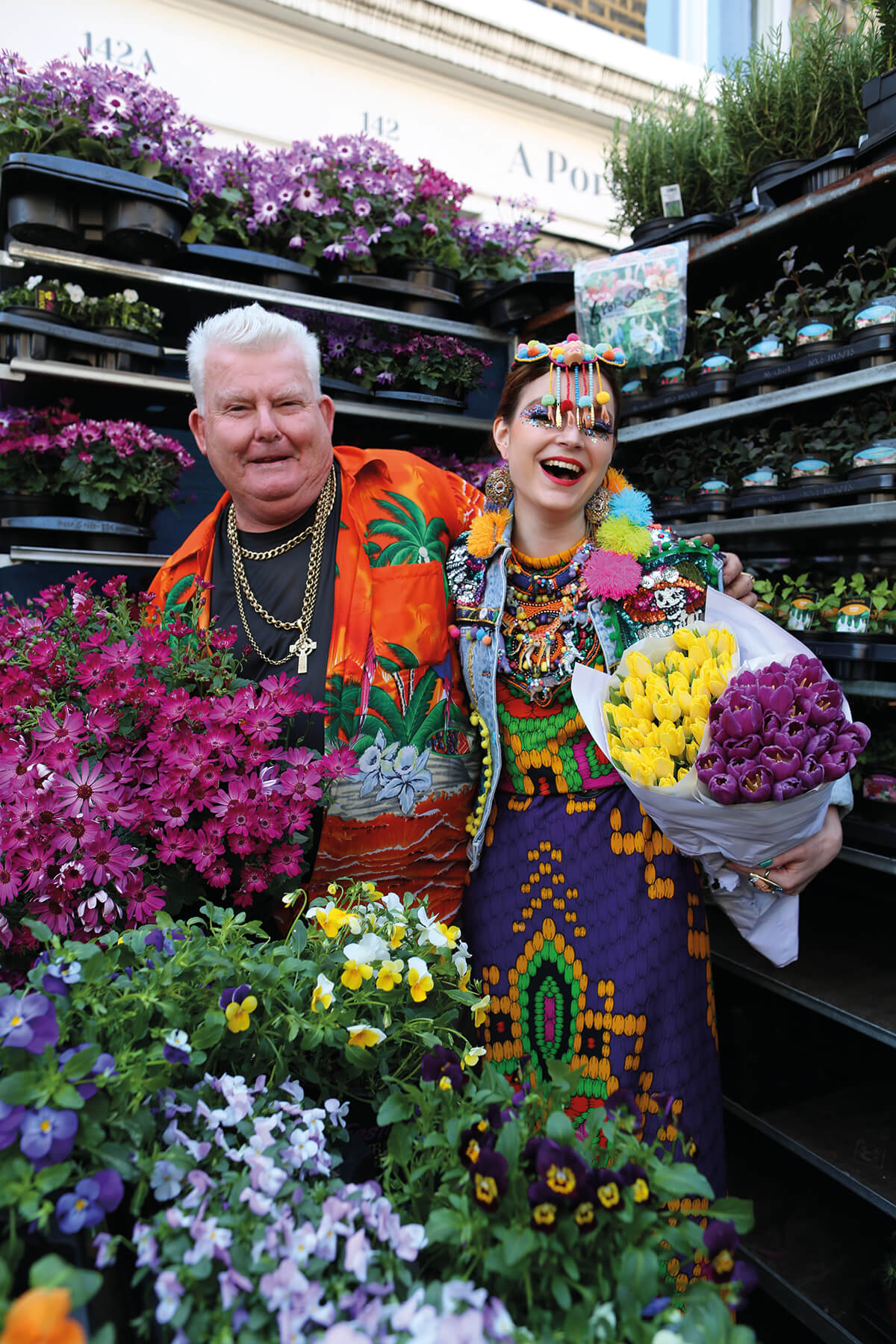
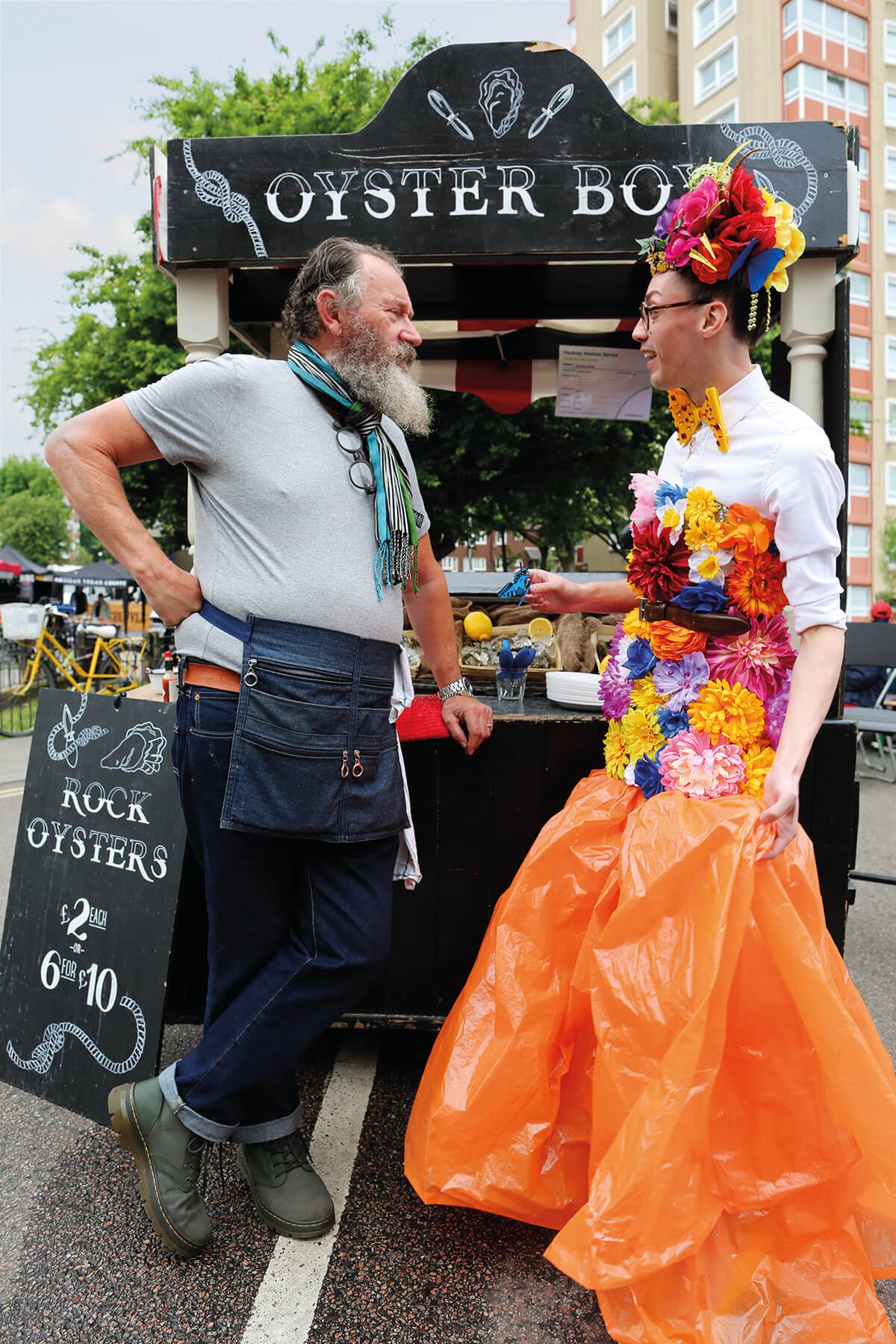
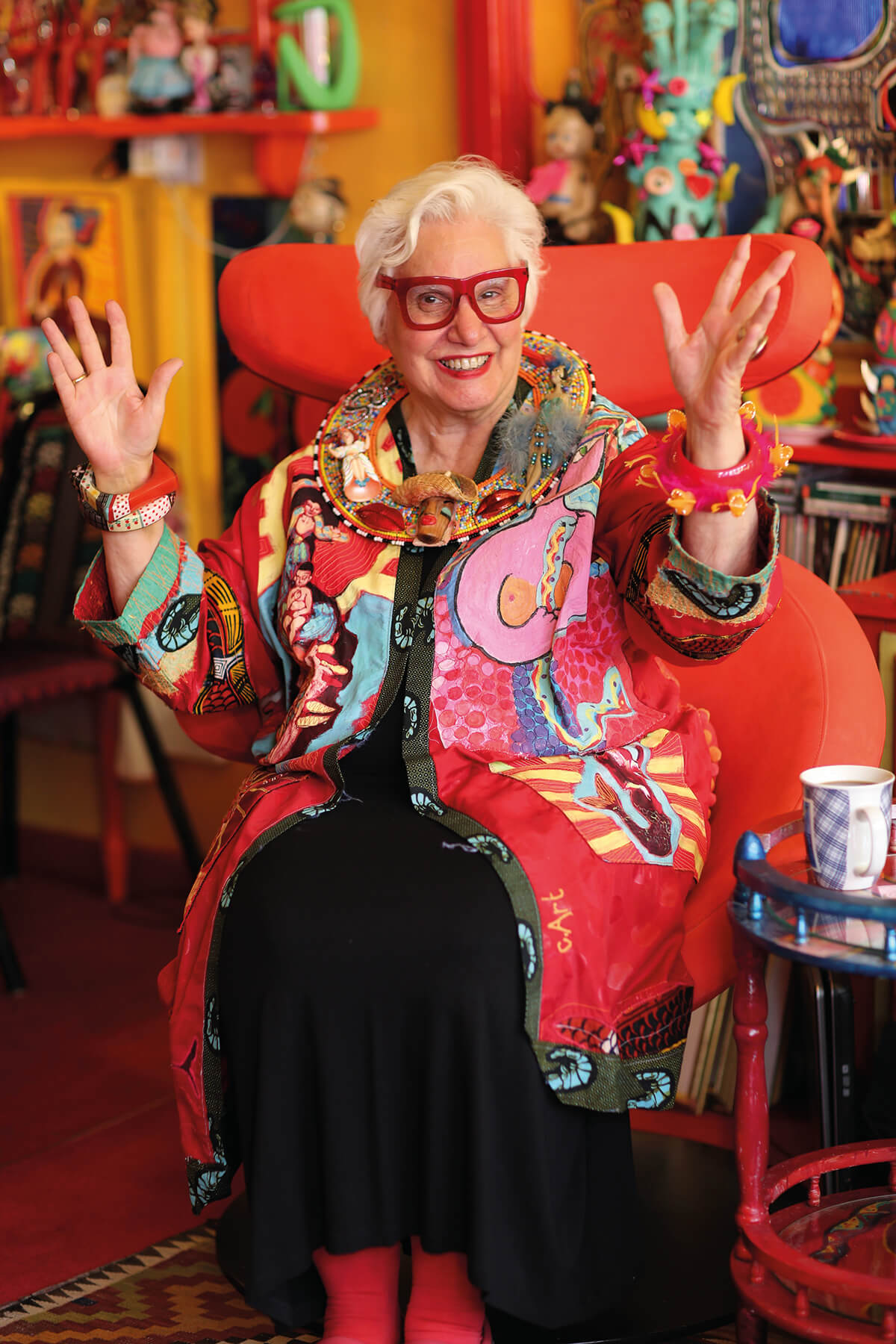



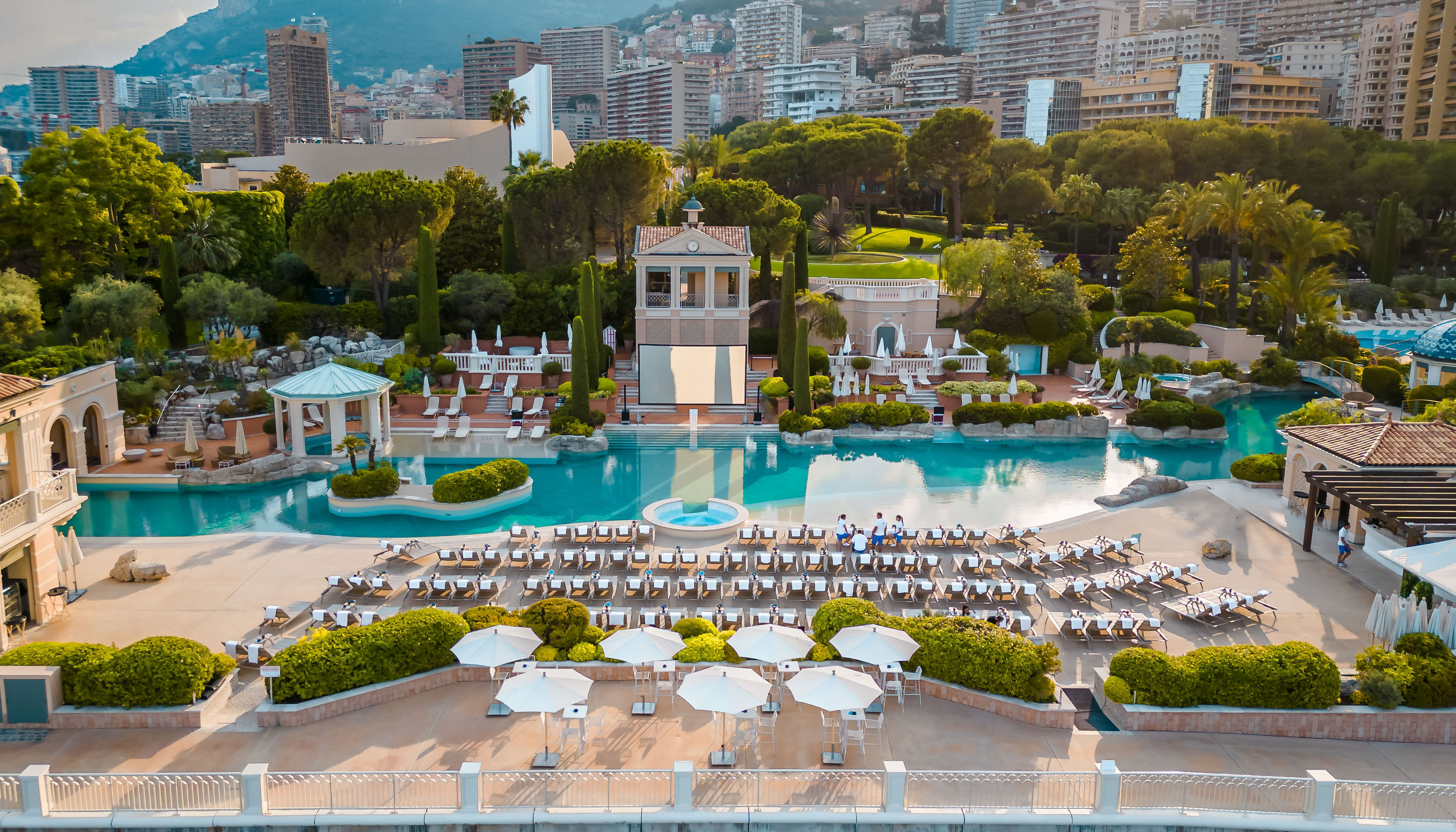

Recent Comments